
Everybody on the set of Paper Towns has a story about Cara Delevingne.
Let’s start with her fondness for dressing in ridiculous costumes: Delevingne, a 22-year-old supermodel who’s been the face of high-fashion lines including Chanel and Fendi, would gallivant around Charlotte, North Carolina dressed as a hot dog, a banana, or The Simpsons character Duff Girl. While shooting at a high school, she’d run away from production assistants and sneak into classrooms full of actual students between takes, at one point recruiting a few dozen extras to film her challenging rapper A$AP Ferg to a runway walk-off after he name-checked her in a song. Her co-stars are especially fond of the time she spotted a local water park and decided they all needed some R&R, organizing a field trip for the next day.
“She’s a leader,” her costar Nat Wolff says, between scenes on a giant soundstage. “She is the one coming up with the grand plans for sure.”
Seated in a trailer as a stylist preps her golden-brown hair for her final day of filming, Delevingne shrugs off her storied antics. “I like to be goofy. I like to make people laugh. I like to have a good time as much as possible,” she says matter-of-factly. That’s Delevingne in a nutshell: shaking up whatever world she’s in and acting like it’s no big deal. It’s one of the many qualities she shares with her character Margo Roth Spiegelman in Paper Towns, an adaptation of the bestselling young-adult novel by John Green. Margo is a popular high school senior whose reputation for grand adventures—running away to the circus, cavorting with rock bands—is the stuff of local legend and actually recalls Delevingne’s own wild youth. (“I don’t want to say I ran away to the circus. I ran away and went to the circus,” she clarifies unconvincingly. “Those were two different things.”) One night, Margo climbs through the window of longtime admirer Quentin (Wolff) and whisks him away on a hijinks-filled revenge campaign against the classmates who wronged her. When she goes missing the next day, Quentin decides to decipher the clues she left behind and track her down—only to realize he doesn’t know his crush as well as he thought.
“You need someone that you would go on the adventure of your life for and then follow to the ends of the earth, and we found it in Cara,” director Jake Schreier says. “When Cara leaves a room, you feel the lack.”
Paper Towns, out July 24, is now one of the most anticipated movies of the season. The last movie drawn from a John Green novel, the 2014 tearjerker The Fault in Our Stars, made $307 million at box offices worldwide. It was one of a handful of films last summer that reaffirmed what box-office scholars have been saying since Bridesmaids become a hit in 2011: that female-driven films can be very good business. Consider that the weekend of its release, Fault grossed 67 percent more than Tom Cruise’s Edge of Tomorrow, whose reported budget was nearly 15 times the size of Fault’s. That film, coupled with the young-adult adaptation and box-office smash Divergent, also helped make a global superstar out of its lead actress Shailene Woodley.
But for Delevingne, the stakes are different. Paper Towns, along with her role in next year’s DC Comics ensemble Suicide Squad, could take her on the rare path from the least conventional kind of celebrity there is (supermodel-cum-Internet personality) to the most conventional (Hollywood leading lady). Unlike a pre-2014 Woodley, Delevingne is already hugely famous, thanks to two things that are inextricably linked: her personality and her social media presence.
No industry prizes glamour and perfection as fiercely as does fashion, and Delevingne has emerged as one of its brightest stars, with more than 40 magazine covers to her name. Yet she poses for selfies while making goofy and unflattering faces, openly loves pizza and McDonald’s, and takes part in twerk-offs and “Harlem Shake” renditions backstage at fashion shows. There are more than 30 Twitter accounts named after her iconic eyebrows—the inspiration for a spike in eyebrow transplant consultations, according to one questionable tabloid report last year—and Delevingne follows many of them back. On a recent scroll through her Instagram account, you might find: a raunchy meme about her friendship with fellow model and reality star Kendall Jenner, which fans refer to as “CaKe”; a video of her quoting The Terminator and pretending to lick Arnold Schwarzenegger’s face from when the two crossed paths on a talk show; a picture of her joining pal Taylor Swift on stage during the pop star’s world tour; and a video of her using a lip-dub app to mime along to a song by Nicki Minaj and Beyoncé.
“She’s very good at the Internet,” Green says. That’s high praise coming from the author, who owes part of his success to the loyal Internet following he amassed through the YouTube channel he started with his brother in 2007. Sometimes this talent gets her into trouble—like when she posted and then deleted a video of what looked like an inebriated Reese Witherspoon struggling to pronounce her last name (it’s del-uh-veen) at a Met Gala event. But for the 15.3 million people who follow her every move online, it’s only endeared her to them.
Being “good at the Internet” is also more important than ever when trying to become a movie star. It’s true that Delevingne is aligning herself with the kinds of projects that have launched Hollywood’s current class of young, in-demand actresses: young-adult adaptations, superhero movies, blockbuster franchises. Emma Stone graduated from teen fare like Superbad and Easy A to become Spider-Man’s girlfriend before she took on Birdman, while Jennifer Lawrence went from the X-Men universe to The Hunger Games before becoming an Oscar-winning muse to David O. Russell. But both also know how to work the modern news cycle, where a single tweet can launch a thousand blog posts and where virality is the best publicity. A lack of self-seriousness is valuable currency, and Delevingne, whether she’s showing up to events in animal onesies or photobombing red-carpet regulars, seems to understand this better than anyone. Often, she provides these moments directly to her fans herself.
Delevingne’s web savvy has already had an extraordinary impact on the fashion industry. Relatively short for her industry at about 5’8”, Delevingne can walk for high-end brands like Burberry and Dolce & Gabbana, pose for the more affordable Topshop and Zara, take part in the Victoria’s Secret Fashion Show and star in DKNY’s 2015 spring menswear campaign. But it’s also because of her persona, not just her commercial versatility, that Delevingne is credited with bringing back the golden age of supermodels—a time in the ‘80s and ‘90s when the likes of Naomi Campbell and Linda Evangelista ruled and when being a fashion star was its own kind of celebrity. In 1998, TIME declared “the supermodel is dead” as the industry turned to less flashy models who wouldn’t upstage the clothing. In 2009, Vogue editor Anna Wintour acknowledged that actresses were replacing models as magazines’ go-to cover stars as the next generation of models resisted the scrutiny their predecessors faced. Five years later, Delevingne, flanked by fellow models Joan Smalls and Karlie Kloss, made the cover of the American edition’s September issue with a cover line heralding the arrival of “the Instagirls” who fashioned their own brands via social media.
Still, it’s more than a willingness to fire up whatever app is trendy that accounts for Delevingne’s level of influence. Green calls her the most charismatic person he’s ever met. “[German sociologist Max] Weber said there’s charisma of office and charisma of personality, and maybe all supermodels have charisma of office the way all popes have charisma of office, but only some popes have charisma of personality,” he says. “Cara has tremendous charisma of personality, in the Weber sense. She’s just fascinating. I want to listen to her. She’s very smart. She’s extremely funny. She’s one of those people who has such a good understanding of other people that she’s able to navigate the world via her empathy.”
* * *
On set in Charlotte, just a few days before Paper Towns wraps in time for Christmas, Delevingne is as elusive as the vanishing Margo. Our interview is moved twice: on the day of my set visit, I learn she’s in Florida and won’t even be filming her final scenes until the next day. So I return in the morning, where I learn that she wasn’t on her scheduled flight and won’t be arriving until later that afternoon. When we finally meet up, she’s dressed in black jeans, loud sneakers and a colorful hoodie that covers up a scant, midriff-exposing top. Throughout our conversation, she fidgets with her phone, hums along to the Enya song playing over the speakers, eats a dinner of mostly meat out of a Styrofoam container and makes intense but infrequent eye contact, even after the stylist is done with her hair. One Paper Towns producer tells me later that these are ideal interview conditions, as Delevingne has so much “crazy energy” that’s it’s good to catch her with a few distractions. “I like to dance around and have a good time and sing a lot,” she says, sometimes to the annoyance of her neighbors—they’d bang on their ceilings when she did cartwheels in her Charlotte apartment. “I’m a little weird firecracker. I go off when you least expect it.”
Flashes of that are on display here. Delevingne speaks in a hushed, almost whispered voice that’s at times nearly inaudible, but her tempo is brisk, and she freely shares anecdotes about the time she stripped half-naked in front of an acting class during a formative exercise about getting into character. She speaks in Margo’s American accent until about halfway through our conversation, when she remembers she doesn’t need it for what she’s about to film and switches back to her British one. Delevingne says her accent work was the easiest part of her first big movie—so easy, in fact, that she couldn’t switch it off during her first-ever American Thanksgiving that fall. She spent the holiday with Kate Hudson in Los Angeles, where the two stars choreographed a dance routine to Mark Ronson’s “Uptown Funk” and captured it all in a four-part Instagram series. Now that Delevingne is almost done with the movie, her castmates are just getting used to her real voice. “We didn’t realize how British she was until just now,” says Jaz Sinclair, who plays one of Margo’s classmates. “I really didn’t! I heard her talking, and she’s saying things like crisps instead of chips.”
The London-born Delevingne’s upbringing was classically British. Her maternal grandmother, Jane Sheffield, was a lady-in-waiting to Princess Margaret and was married to Sir Jocelyn Stevens, a newspaper executive who at one point owned the high-society magazine Queen. Delevingne’s mother, Pandora, was a socialite in the 1980s and has worked as a personal shopper at the upscale department store Selfridges. Her father, Charles, is a real-estate developer. One of her two older sisters, Poppy, is a model, and the other, Chloe, studied biomedical sciences. Despite the passion for fashion that runs in her family, Delevingne initially had little interest in following in Poppy’s footsteps. She was a tomboy as a child and says she can’t remember a time when she didn’t want to act. Modeling was just something she started doing to pay for drama school and travel after the mother of one of her boarding school classmates, Sarah Doukas—the same woman who discovered Kate Moss—signed Delevingne to her agency when Delevingne was in her late teens.
Cara Delevingne
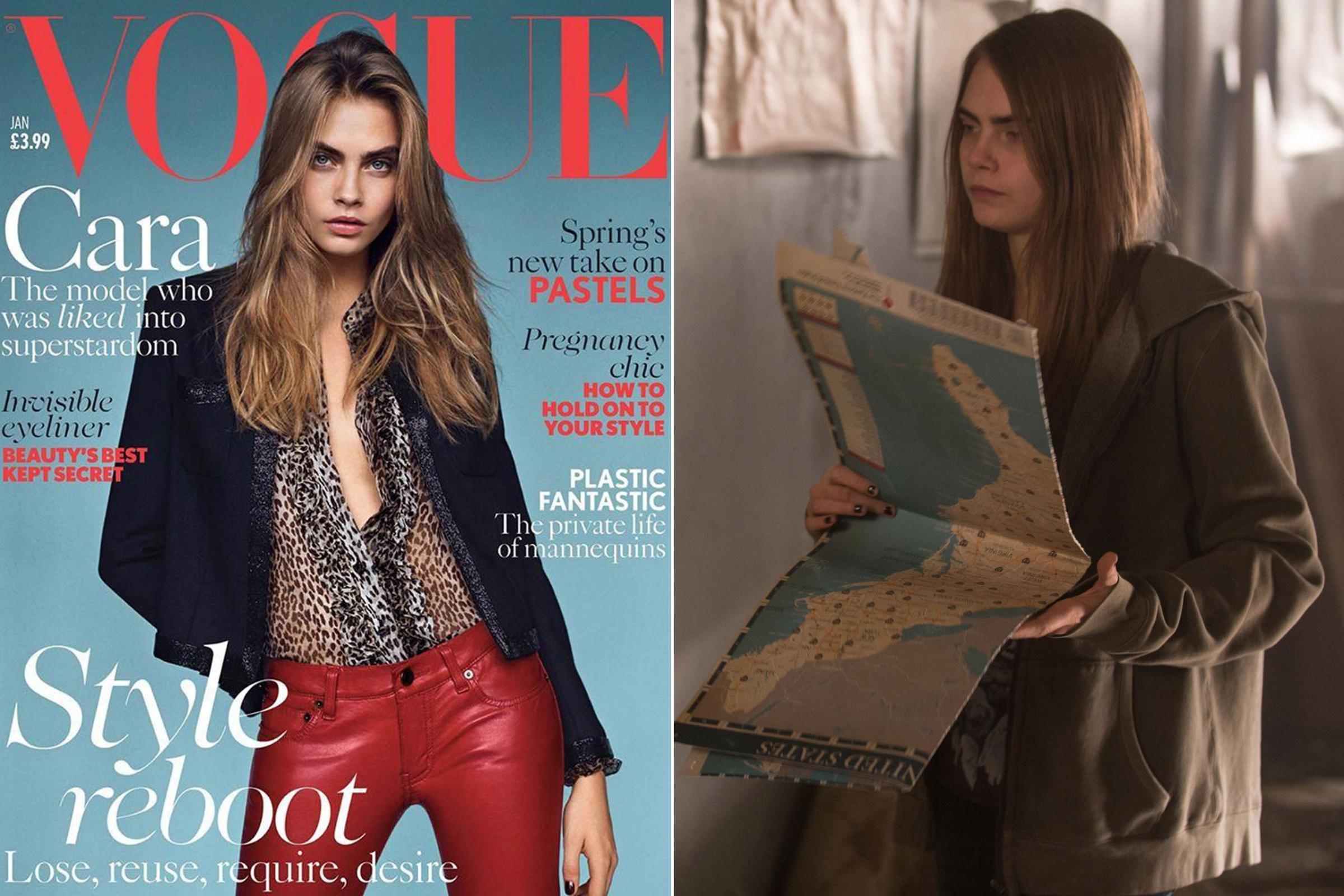
This 22-year-old British beauty began modeling at age 10 for Vogue Italia and has continued to make waves, landing campaigns for Burberry, Chanel, Tom Ford, DKNY and H&M. She made her movie debut with a small part in 2012’s Anna Karenina, but her first starring role will be the movie adaptation of John Green’s Paper Towns, due out later this summer. Next year, she’ll appear in DC’s star-studded Suicide Squad.
Milla Jovovich
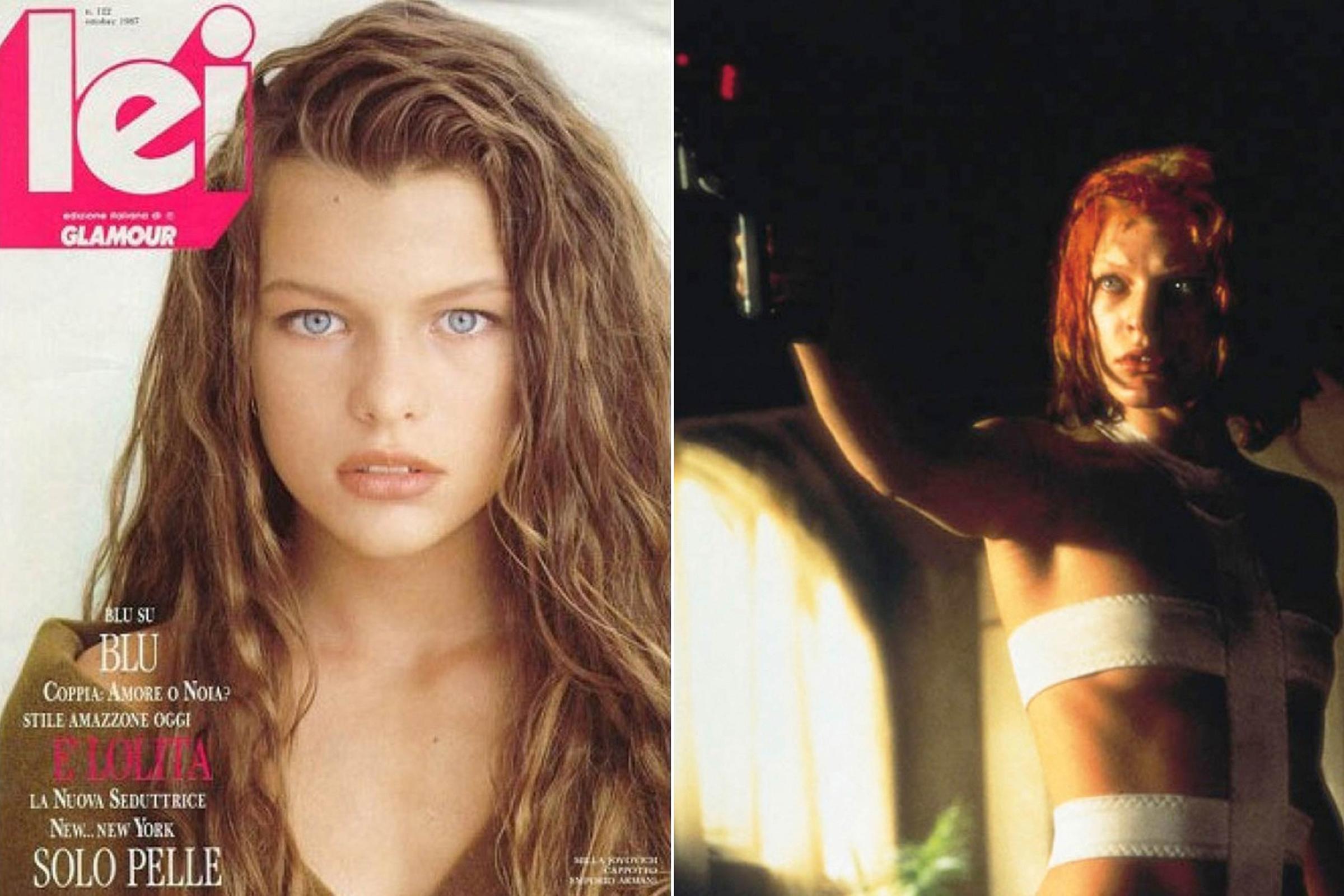
Milla Jovovich got her big break appearing alongside Bruce Willis and Gary Oldman in the French science-fiction film The Fifth Element, before rising to fame as the star of the five Resident Evil films. The Ukrainian jack-of-all-trades (she also writes music and has started her own production and clothing lines), Jovovich got her start at age 12, modeling for the cover of Italian magazine Lei.
Rebecca Romijn

Starting in 1991, Rebecca Romijn graced the catwalk with some of fashion’s biggest stars — including Kate Moss, Naomi Campbell and Cindy Crawford. Her acting career began in 2000, when she starred in X-Men as Mystique. She has since made appearances in two other X-Men movies, and landed a recurring role on ABC’s Ugly Betty.
Famke Janssen

Janssen worked for Yves Saint Laurent, Chanel and Victoria’s Secret before transitioning to acting. Since then, she has starred alongside Pierce Brosnan in the 1995 Bond film GoldenEye, as well as the X-Men movies, received a bachelor of arts from Columbia University and directed the 2011 box office flop Bringing Up Bobby, starring fellow model-turned-actress Milla Jovovich.
Jaime King
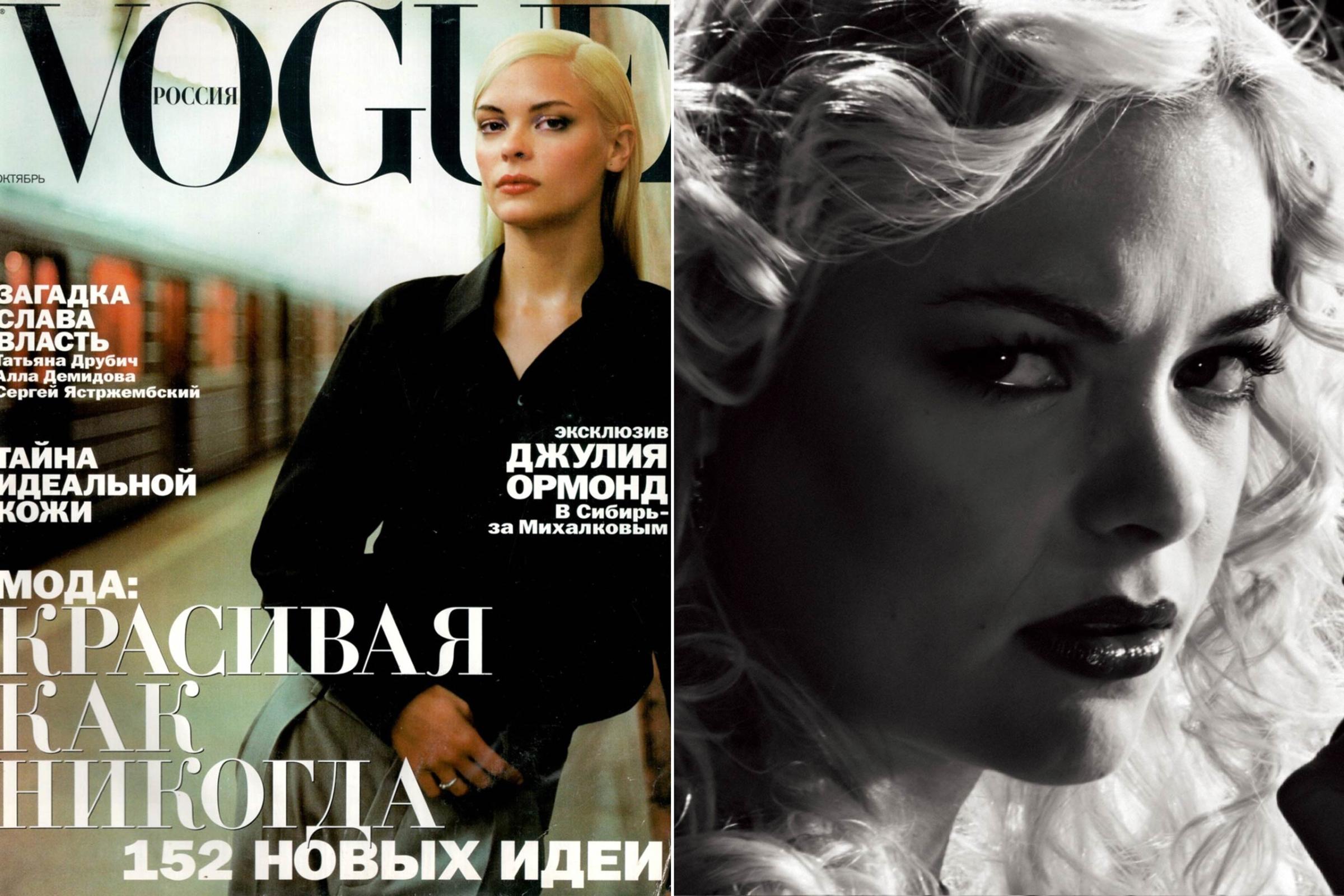
The former star of Hart of Dixie got her modeling start at age 14, and by 16, she had appeared in Vogue, Seventeen, Glamour and on the cover of the New York Times Magazine. First featured in a small role in 2001’s Pearl Harbor, King went on to star in Sin City.
Tricia Helfer

After winning Ford Models’ Supermodel of the World contest in 1992, the Canadian model walked for top fashion shows, including Christian Dior, Givenchy and Dolce & Gabbana, before retiring from modeling in 2002. The former host of Canada’s Next Top Model then starred as Number Six in the Battlestar Galactica reboot.
Lily Cole

Cole first rose to prominence after a photo shoot for Italian Vogue in 2003 and booked her first British Vogue cover at the age of 16. Her acting career has remained limited, with a role in Heath Ledger’s last film, The Imaginarium of Doctor Parnassus. In 2011, the British model graduated with honors from Cambridge University.
Gisele Bündchen
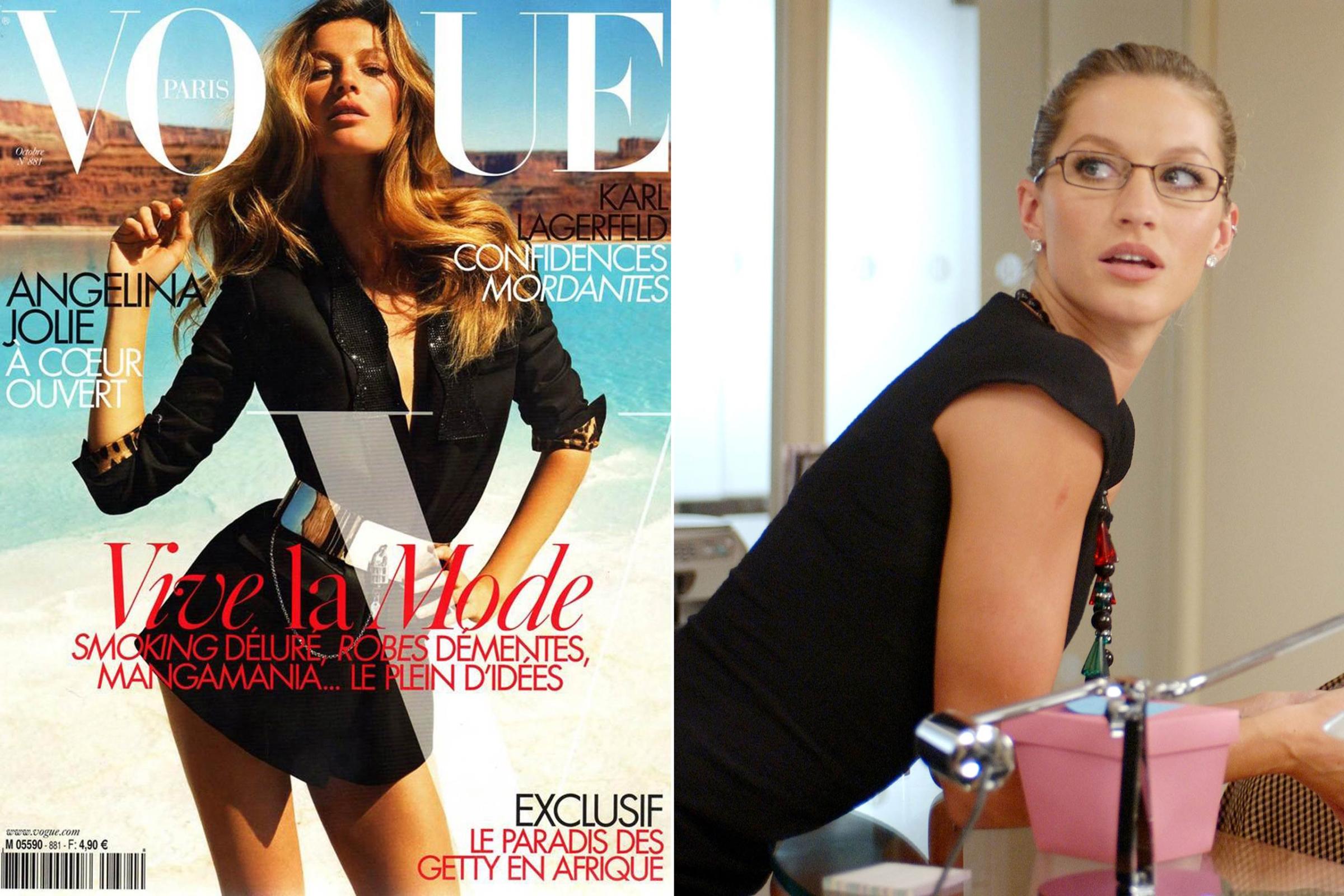
The former Victoria’s Secret Angel has been called the “last true supermodel” by Naomi Campbell, credited by Vogue in 1999 as “The Return of the Sexy Model” and was the highest paid model in the world for many years. Married to football superstar Tom Brady, she’s played supporting roles in 2004’s Taxi and 2006’s The Devil Wears Prada.
Rosie Huntington-Whiteley
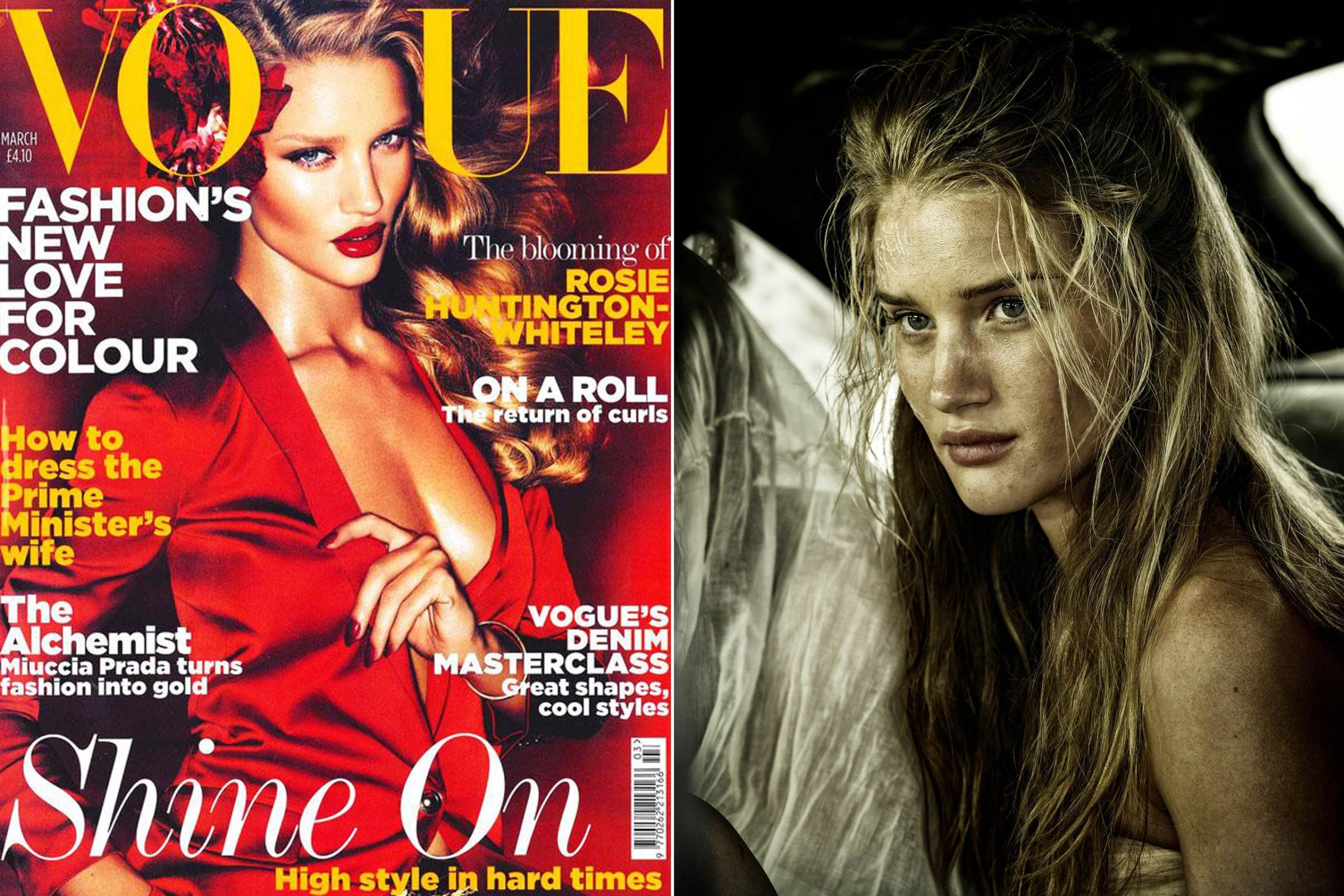
Previously best known for her work as a Victoria’s Secret Angel, the British beauty hit the mainstream with a role in the third Transformers film. She has since co-starred alongside Charlize Theron in Mad Max: Fury Road.
Diane Kruger

The German model-turned-actress, who once was the face of Chanel, Giorgio Armani, Christian Dior and Burberry, rose to movie fame as Dr. Abigail Chase in the National Treasure films. She went on to star in Quentin Tarantino’s Inglorious Basterds and currently appears in FX’s The Bridge.
Kate Upton
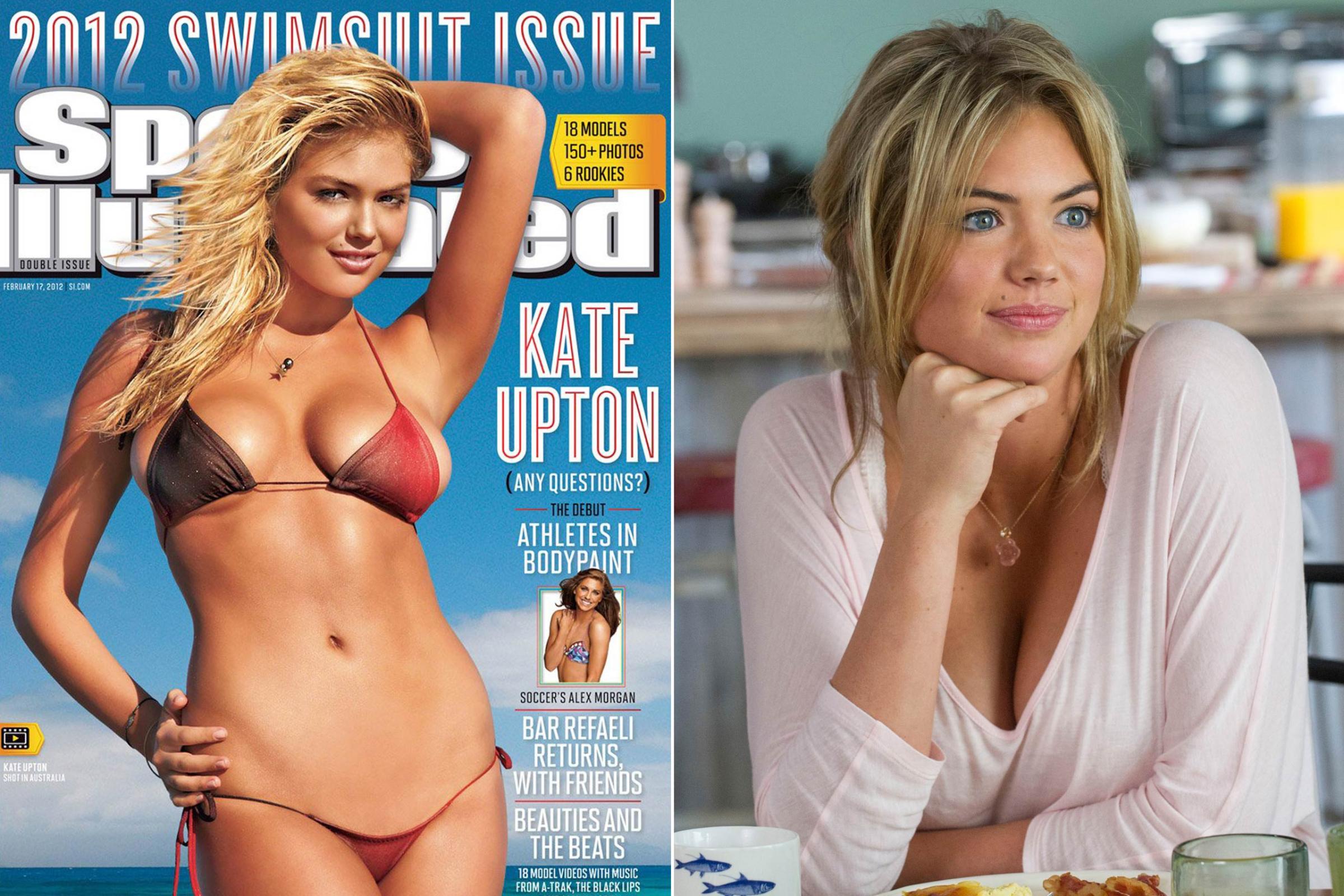
Kate Upton made her name in modeling as a Sports Illustrated swimsuit model, landing the cover for the 2012 and 2013 issues. She has appeared in films like Tower Heist and The Other Woman.
While she was at boarding school, Delevingne set her sights on winning the titular role in Tim Burton’s 2010 retelling of Alice in Wonderland. She filmed an audition tape and made enough of an impression with producers that she eventually met with Burton at his home. When the part ultimately went to Mia Wasikowska, she was devastated. “That was the worst rejection I’ve ever gotten,” she says. “I didn’t get over that for, like, three years.” So Delevingne put acting on hold, partly because she was still in school, and partly because, after she left school and her modeling profile rose, the roles available to her became less and less appealing. “Everyone tried to typecast [me] as the dumb blond model or the girl who gets killed,” she says. “I take what roles I do very seriously. I always want to portray a strong female. Acting roles for women are usually less strong and, like, bleeding hearts.”
Despite the hours she’s logged in front of fashion’s top photographers, Delevingne says acting and modeling are “completely different in every way, shape and form.” “With modeling, you have to know the way the camera is, [how to] do angles,” she explains. “When I first started modeling I wasn’t aware of the camera at all. I’d just be like an animal in a cage rattling around.” She had to return to that unaware state when she resumed acting, but Delevingne is grateful for her start, calling modeling the drama school she never attended. “[When] you do shoots seven days a week, three months consecutively, you try and spice it up a little by being different people,” she says. “I tried to see who they would want their girl to be, and I would be that person—or try to.”
The pace almost broke her. There’s a tattoo on the bottom of Delevingne’s left foot that says “MADE IN ENGLAND” in small black letters. (She has more than a dozen others all over body, including the word “BACON” on her other foot.) It’s not a badge of patriotic pride, but an act of protest. In 2013—the year she was named Google’s most-searched person in fashion and the most-reblogged model on Tumblr—Delevingne started getting fed up with that business. “I felt like a doll,” she says of the tattoo, which she unveiled—where else?—on Instagram in July of that year. “I just felt like a puppet that people could just use how they wanted.” The stress caused her to develop psoriasis all over her body, an unfortunate disease for someone whose day job requires looking flawless on camera. A team of people had to paint swaths of her skin with makeup before she walked in the Louis Vuitton show during Paris Fashion Week that spring. “I didn’t know when to stop, even when I was covered with red scaly spots that were bleeding,” she says. “I thought, I have to change this. I’m going to die doing this.”
Help came in the form of Kate Moss, who spotted Delevingne before the Vuitton show and arranged for a doctor that day. The psoriasis cleared up when Delevingne finally took a break, but she decided taking better care of herself meant getting serious about her passions—the lifestyle that had made her famous was proving unsustainable. She had scored a non-speaking role in the 2012 adaptation of Anna Karenina, but devoted more attention to acting following her health scares and quickly picked up roles in projects such as the Amanda Knox thriller The Face of an Angel and the Peter Pan origin story Pan. A few weeks before Paper Towns wrapped, she was officially cast as the Enchantress in the highly anticipated Suicide Squad, which follows a team of incarcerated supervillains who become black-ops agents. “[It] is going to be freakin’ awesome,” she says of the film, which also stars Will Smith, Margot Robbie, Jared Leto and Viola Davis. “I kill people with my bare hands.”
Delevingne describes her audition for Suicide Squad director David Ayer as lengthy, intense and infuriating. Because he hadn’t yet written the film’s script at the time of her tryout, Ayer made Delevingne read the part of Martha from Who’s Afraid of Virginia Woolf?, a character Delevingne had played before in a school production. Delevingne thought she had the audition in the bag due to her experience, but Ayer quickly told her to forget everything she knew about Martha, asking her try the part so many different ways that she was ready to “beat people up” by the end of the process. “I was like, ‘Honestly, if I go outside and punch people, you’ve got to come get me out of jail because I am so furious,” she says. “He sparked a f-cking fury in me.”
* * *
As seriously as Delevingne has pursued acting, Hollywood hasn’t always been as serious about her. Plenty of models have dabbled in acting with varying success, but only a few high-fashion stars (like Milla Jovovich or Diane Kruger) have transitioned into long-term acting careers, which gives the model-actress label a dubious connotation. Delevingne recently told talk-show host Graham Norton that castmates have demanded to see her audition tapes because they didn’t believe she earned roles on her own merits. Some John Green die-hards weren’t thrilled with Delevingne’s Paper Towns casting, believing a supermodel was a terrible fit for a character described as curvy in the original book. “If anyone just thought I was trying to pad my resume, they can suck my”—she pauses to consider her word choice—”boobs.” She laughs.
Many of the people present for Delevingne’s Paper Towns audition had little idea who she was. Because Margo’s onscreen disappearing act reduces her screen time, the movie needed to cast an actress magnetic enough to be missed, otherwise Quentin’s road trip to find her would feel hollow. It didn’t take long for producers to find that quality in Delevingne, whose efficient but memorable performance should leave audiences wanting more. Green says the way she delivered certain lines during her mostly improvised audition was “terrifying.” Wolff, who had tried the same scene with many other actresses vying for the part, says Delevingne threw him off completely. Both actors were in tears by the end of the audition because the material resonated so strongly with them.
“You always remember the first time you saw Julia Roberts in a movie—holy cow, what is it about her that’s so fantastic?—I’m really hopeful that we have that with Cara,” says producer Wyck Godfrey, who also produced The Fault in Our Stars and the Twilight film series, which propelled Kristen Stewart into the A-list. “You feel like she’s inviting you on a ride, and that’s kind of what her charm is. She has no filters. She has no protective show that she puts around herself. She’s just there in the room with you, on screen with you, on the page with you when you open a magazine.”
Indeed, Delevingne was a natural fit for a story Green describes as a takedown of the oft-cited Manic Pixie Dream Girl trope, which refers to underdeveloped female characters whose sole purpose is “to teach broodingly soulful young men to embrace life and its infinite mysteries and adventures.” (So says the term’s creator.) Green says he gave Margo the last name Spiegelman, which in German roughly means “mirror-maker,” because “everybody looks at Margo and they see lots of stuff about themselves, and nothing about Margo, and Cara’s had that experience on a much larger scale of people literally looking at images of her and making broad conclusions about her.” While Delevingne’s supermodel predecessors commend her and the Instagirls for taking control of their own image, she’s frequently had images projected onto her. Her high-profile friendships with pop stars Rihanna and Rita Ora inspire fanfiction and generate headlines, and she made tongues wag when it was first reported that she was seeing current girlfriend Annie Clark, the musician better known as St. Vincent. (Sample headline: “Two Perfect Women Allegedly Kissed.”)
Delevingne admits her public image—zany wild child who dates rock stars and isn’t afraid to get weird—has likely contributed to her success, and informs how people view her work. But that, too, lends extra weight to Paper Towns’ exploration of how being a canvas for so many people’s fantasies can be at once empowering and suffocatingly prescriptive. It’s not the first film to poke holes in the Manic Pixie Dream Girl concept (Kate Winslet’s character in The Eternal Sunshine of the Spotless Mind did so before the term was even coined), nor is it the final nail in the coffin (culture critics have been proclaiming the death of it for years now), but it is the rare film to explicitly ask its audience to reconsider what they really know about its star. Paper Towns isn’t a movie about Delevingne, but at times it feels like one.
Delevingne doesn’t mind if viewers miss the message, however. “I’m happy with them [projecting on me] because I’d rather them think whatever they want about me and not know me,” she says. Then, echoing what Margo says on screen, she adds: “The thing is, I’m not trying to be anything. I don’t know who I am, so other people can, if they want, paint a picture of what they think I am. They probably have more idea than I do.”
The scrutiny will only increase if Delevingne scores with her acting. Still, Delevingne says Charlotte felt like “a complete vacation,” a welcome change of pace for someone who describes her plane-hopping life as “kind of homeless” and says the thought of facing the paparazzi has occasionally overwhelmed her to the point of tears. While in Charlotte, she had time to befriend the locals. She read for pleasure. (She prefers nonfiction.) She spent a lot of time playing cornhole, a beanbag-toss game that became a frequent pastime of the cast, but would get bored and make up new rules. Because the young actors all lived in the same apartment building, they became especially close; several liken the experience to summer camp. “It’s been so nice just coming here and remembering we’re actually still so young,” she says. “All of us live in worlds where we all have to be slightly older. When we’re back here, it’s like, we’re in school again.”
Her downtime in Charlotte also gave her time to work on another interest: music. Delevingne, who plays guitar, piano and drums and is a surprisingly competent beatboxer, built a makeshift studio in her apartment. Yet she describes music as more of a personal hobby compared to acting. “I’ll always do music, even if no one listens to it,” she says. “Music is going to be a long journey for me. I’m a perfectionist. I never finish songs because I always think they need work. I guess [I’ll release them] when I’m happy with them, which will be a long way away.” The timeline of that journey may have accelerated in the months since, however. In February, she sparked rumors of a Beyoncé collaboration when the two stars posted nearly identical Instagrams of their hands on a recording studio console. In June, Chic guitarist and disco icon Nile Rodgers said he hit the studio with her and was pleasantly “shocked” by the quality of the songs she played him.
Eventually, Delevingne would like to transition into acting full-time. She says she’s more or less done so already: she’ll devote half the year to filming Suicide Squad, and in December, she’ll begin work on the Luc Besson sci-fi film Valerian and the City of a Thousand Planets opposite Dane DeHaan. She’s aware that this doesn’t leave much time for modeling. Though rumors flew that she had left modeling for good after her London agency took down her profile from their online client roster in June, she’s still represented by a handful of agencies and continues to squeeze modeling work into her schedule. Delevingne gushes about her upcoming projects, but she seems surprised by how quickly she’s getting what she wanted—and unsure of what this new phase of celebrity means for her life.
“With films, it’s planned so far in advance. Knowing what I’m doing in March next year is way more advanced than I thought I’d be planning things,” she says. “I don’t like to plan things. I like to be spontaneous.”
As soon as she finishes that sentence, she’s called to set. Just like Margo, she disappears without saying goodbye.
LIST: The 100 Best Young Adult Books of All Time
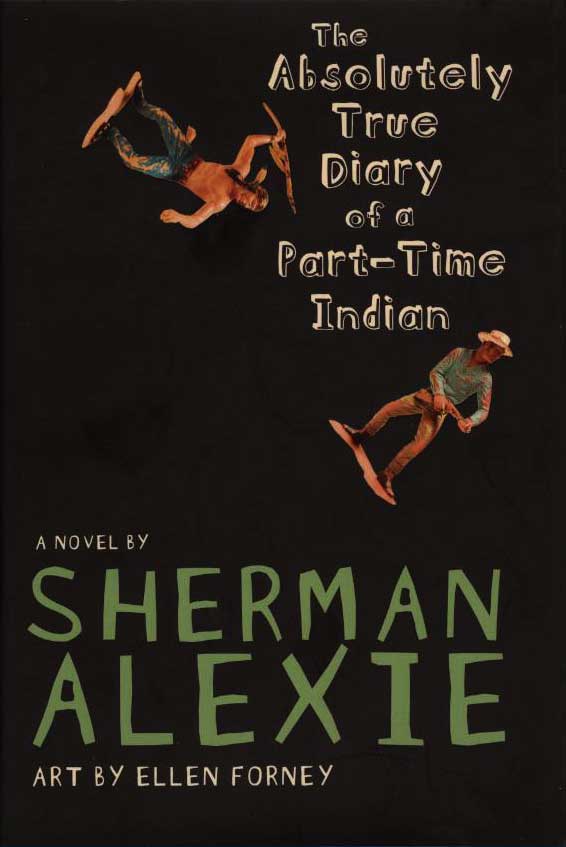

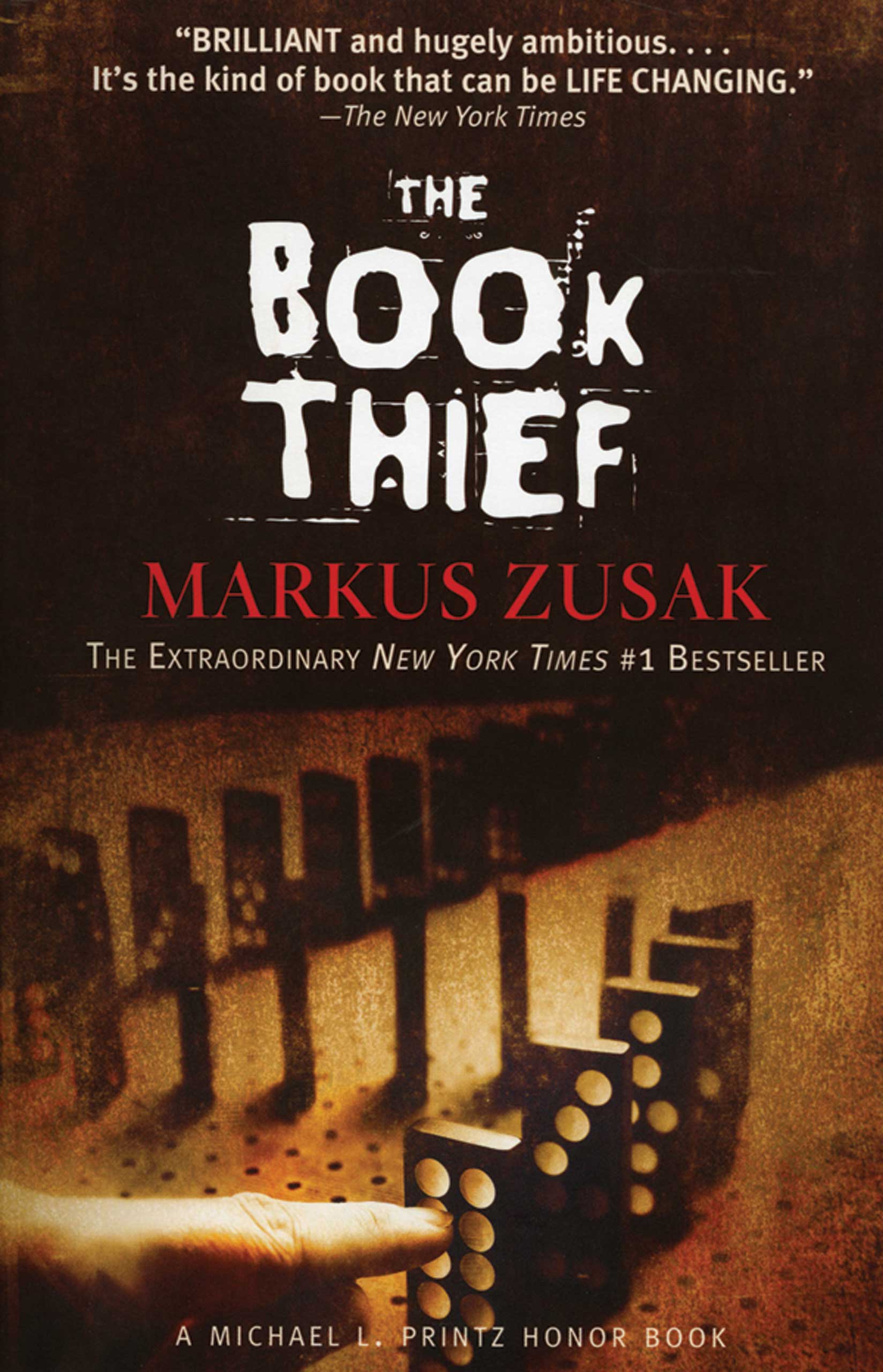

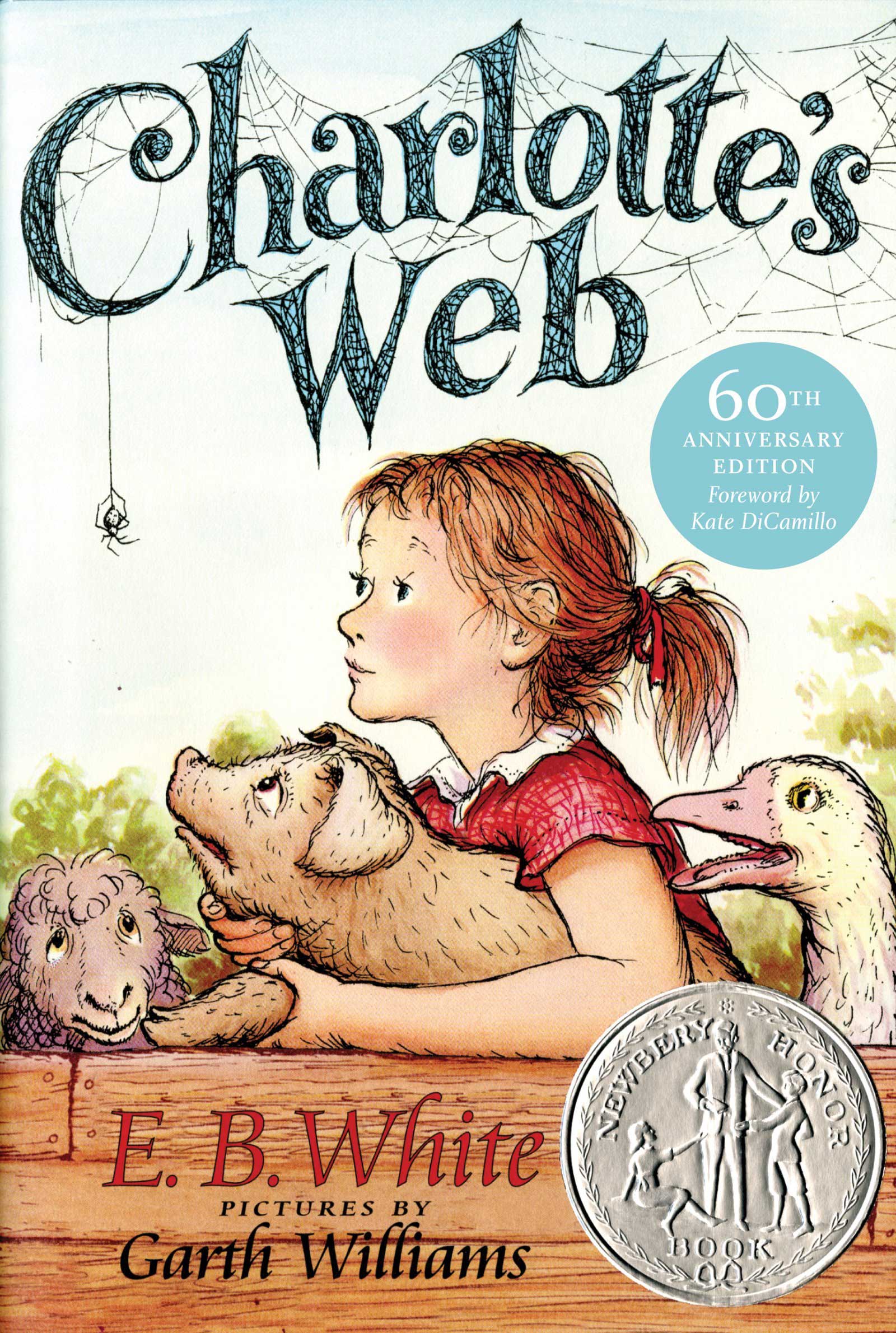
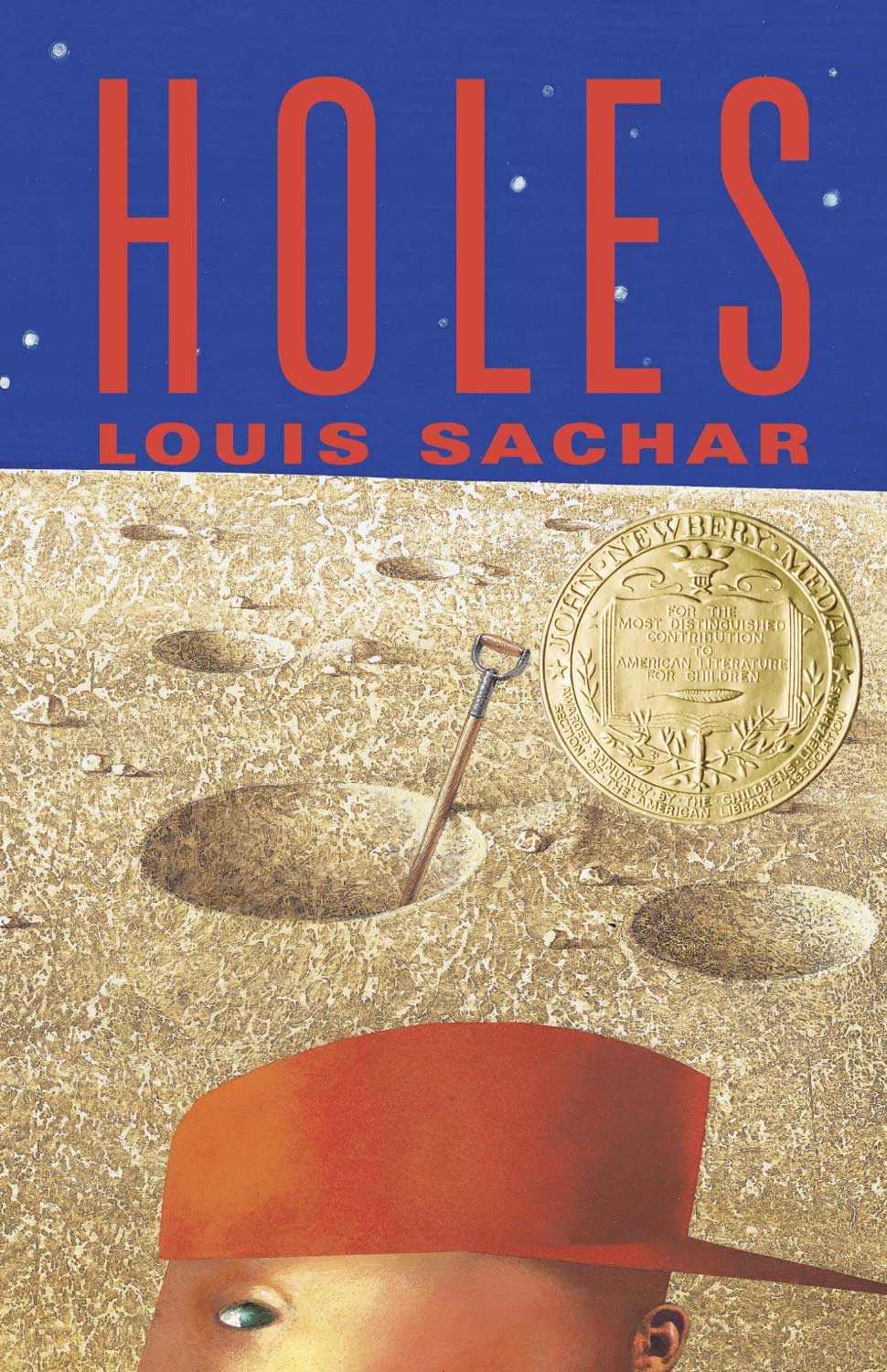







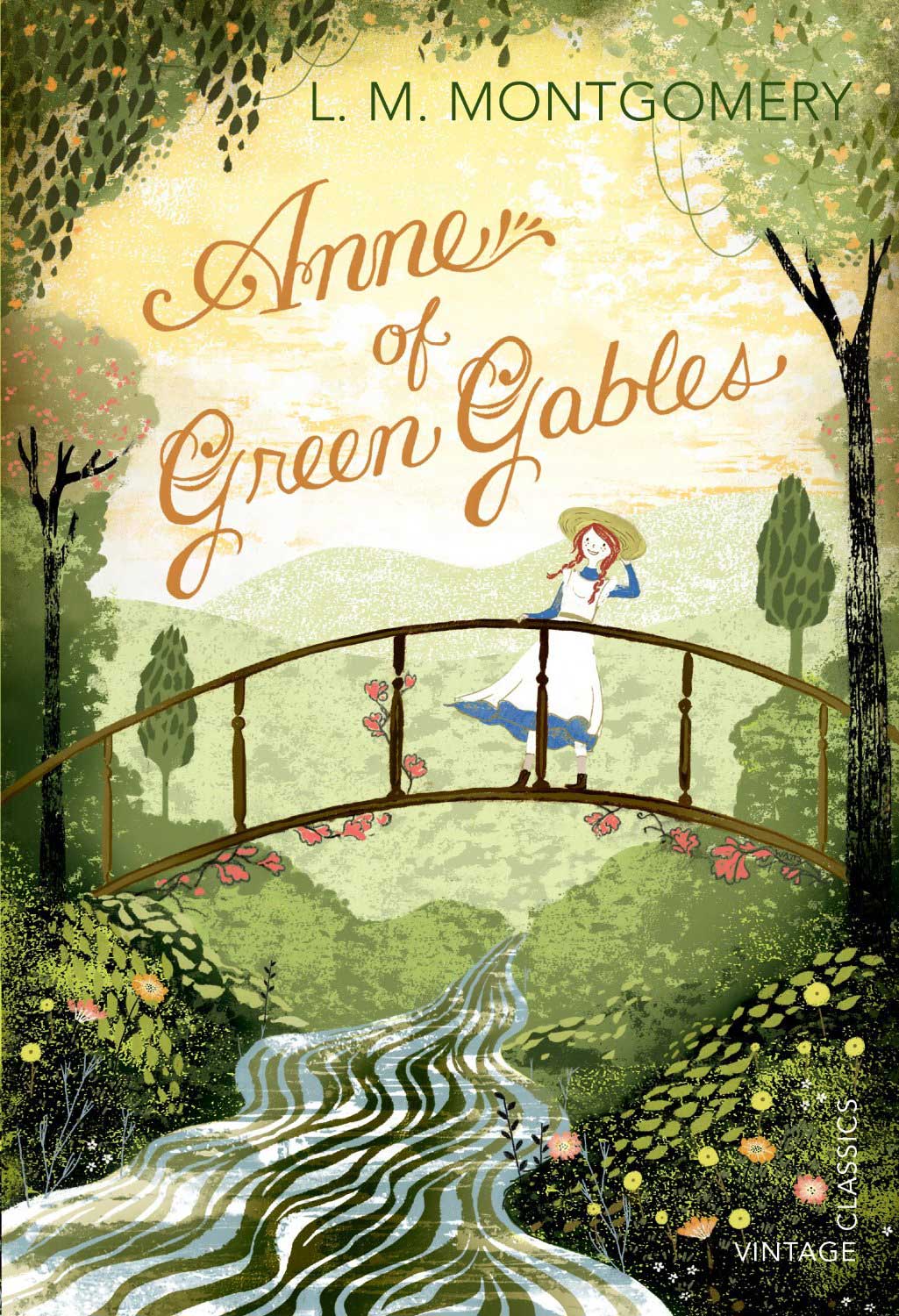




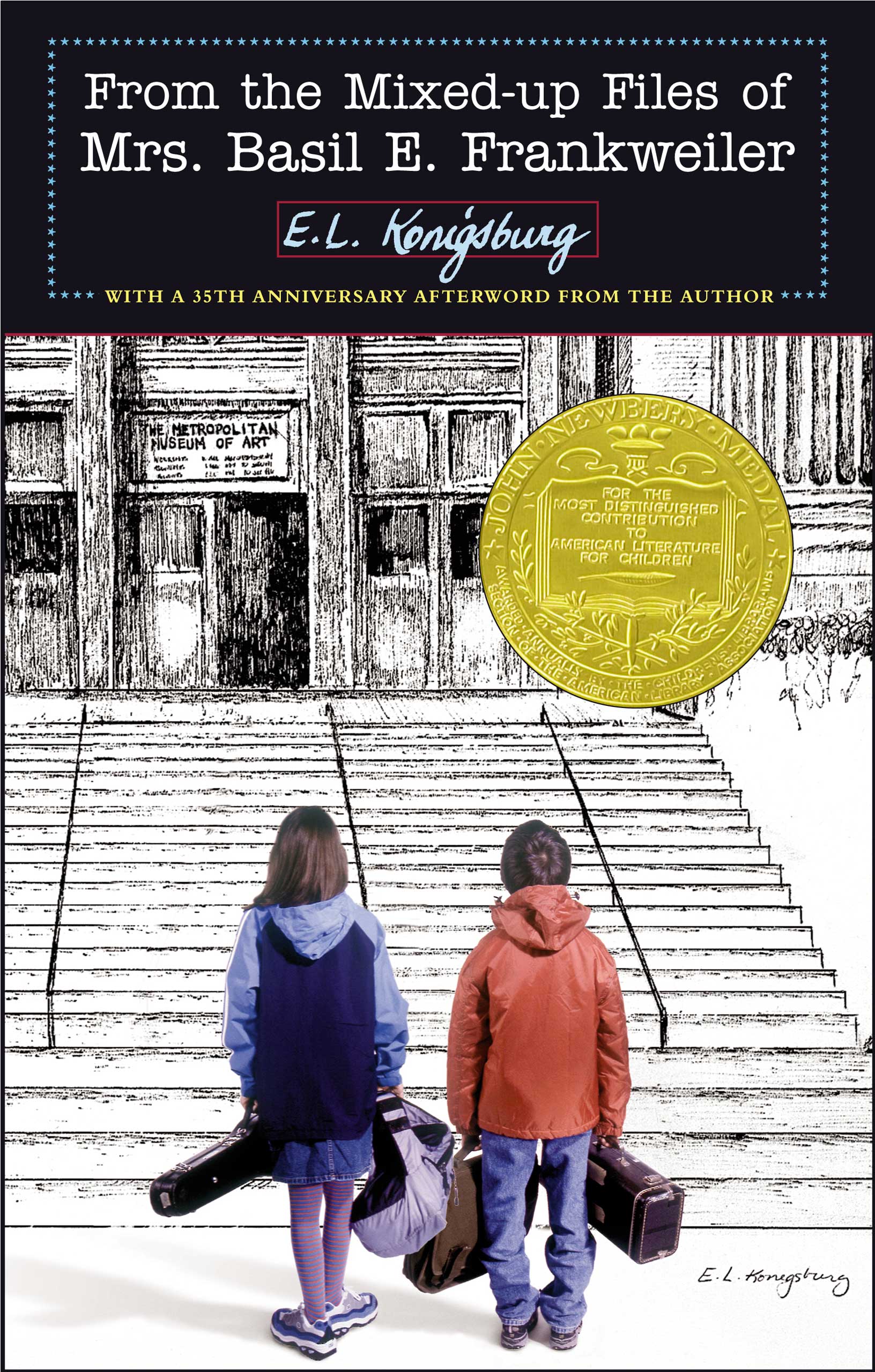


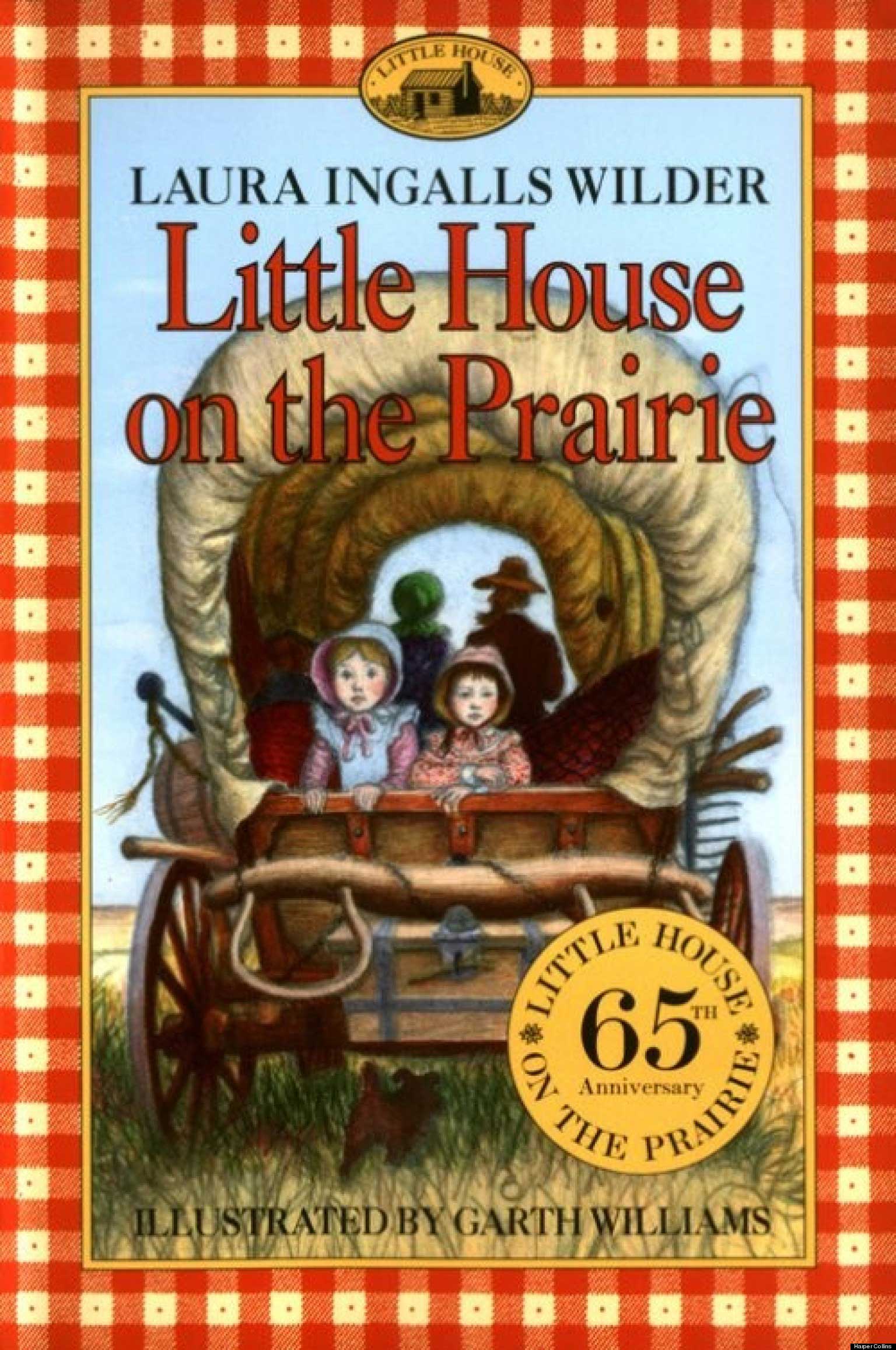

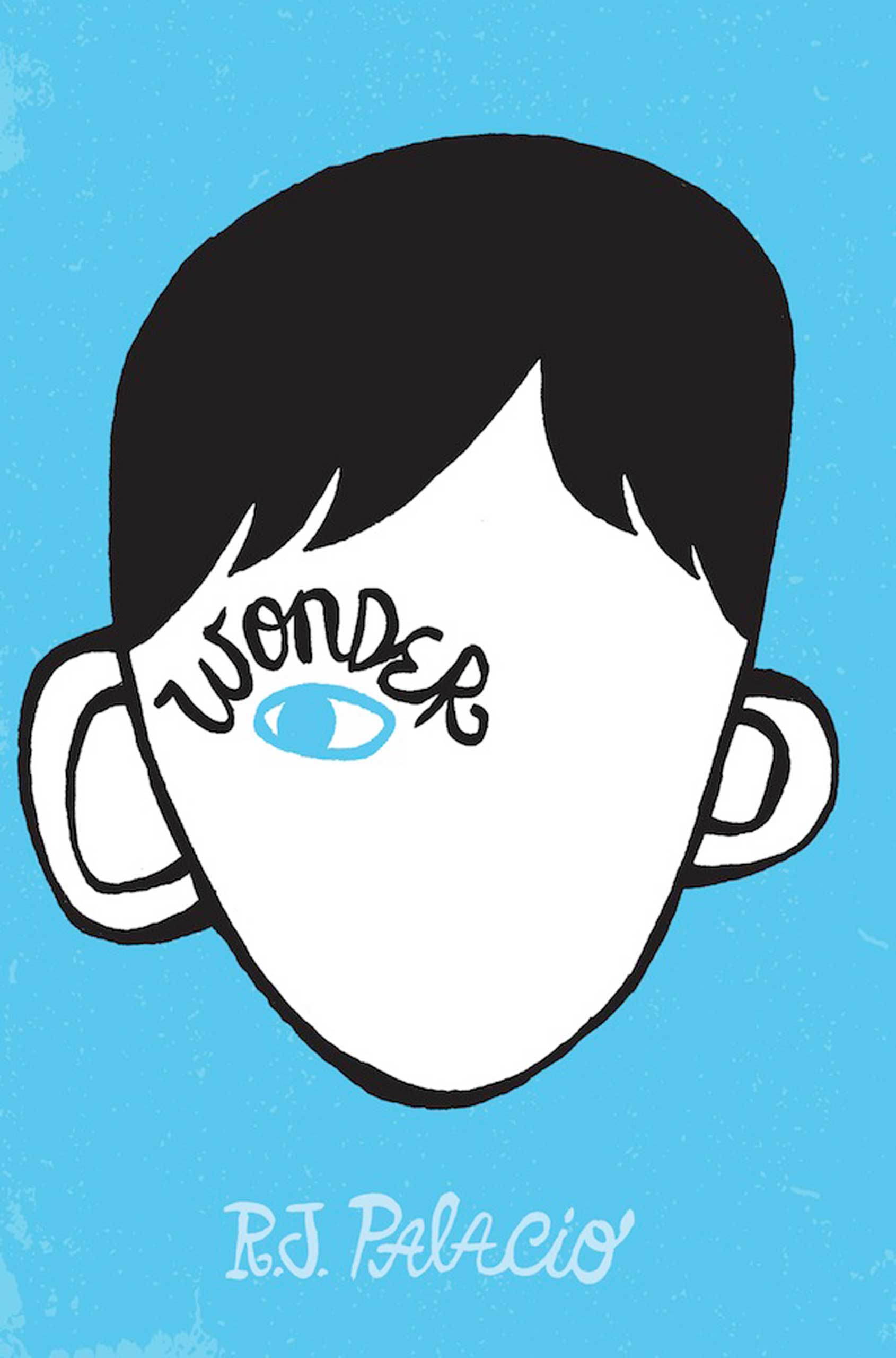
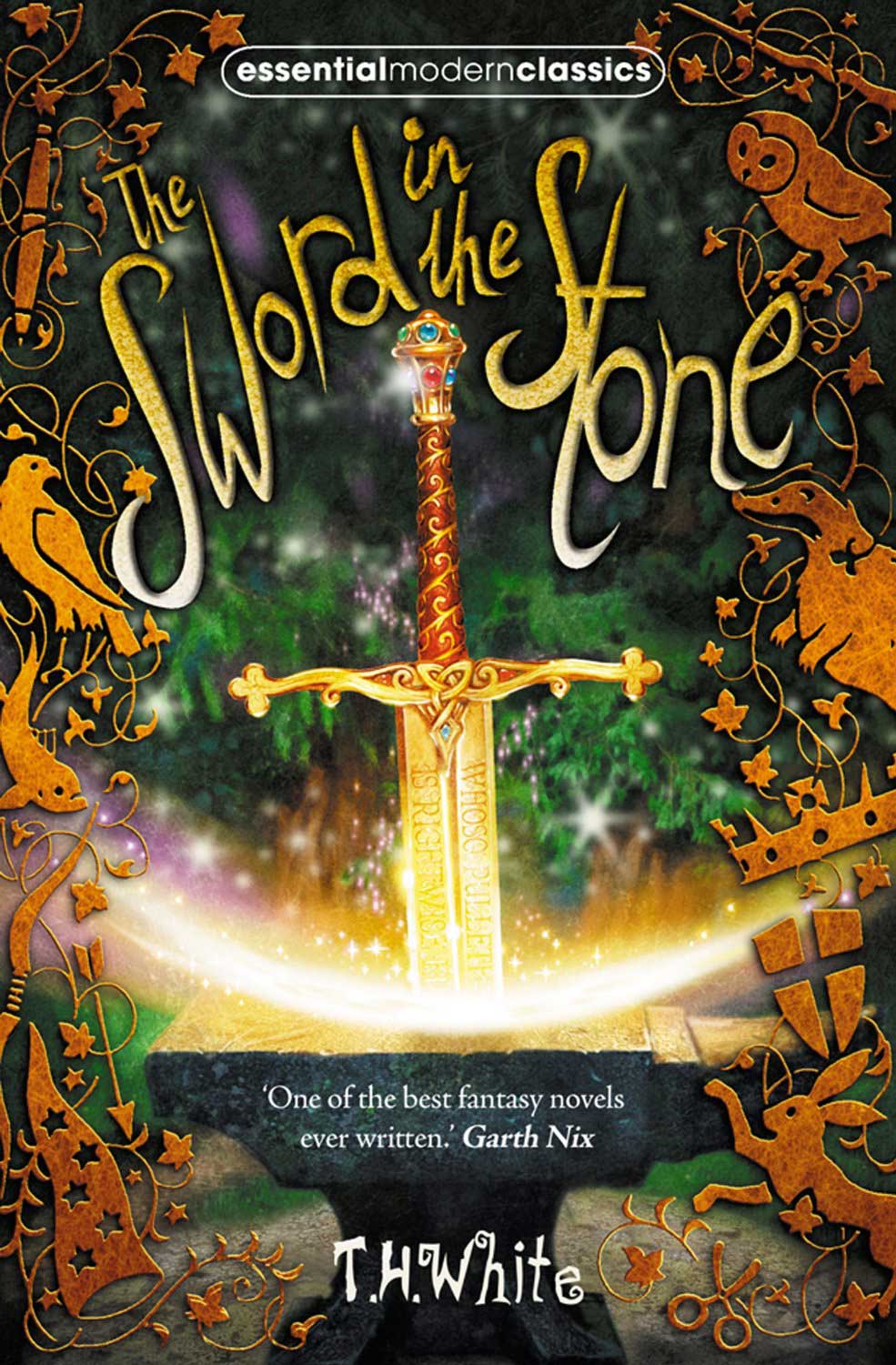


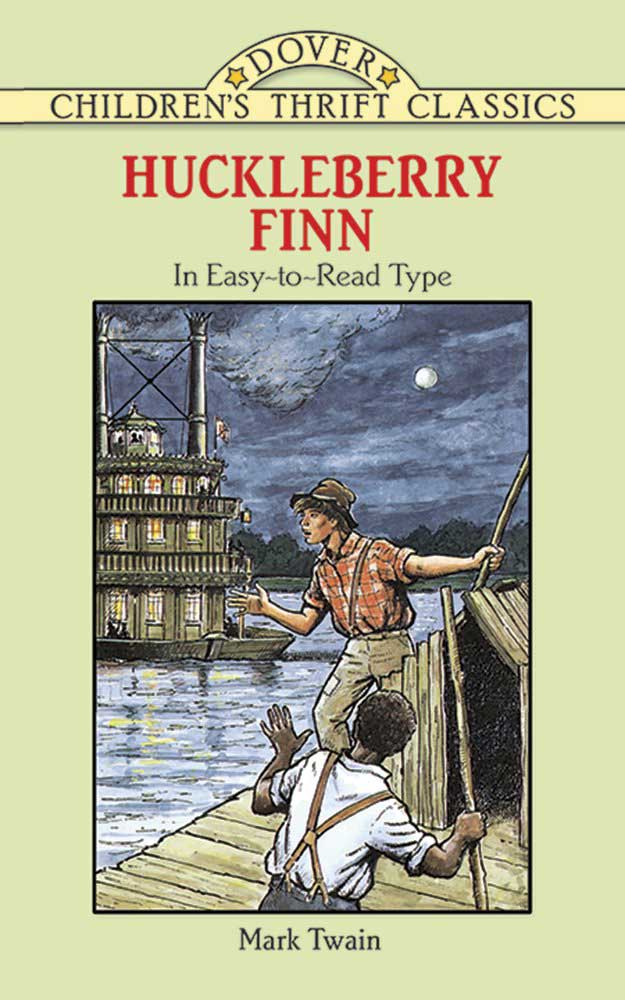
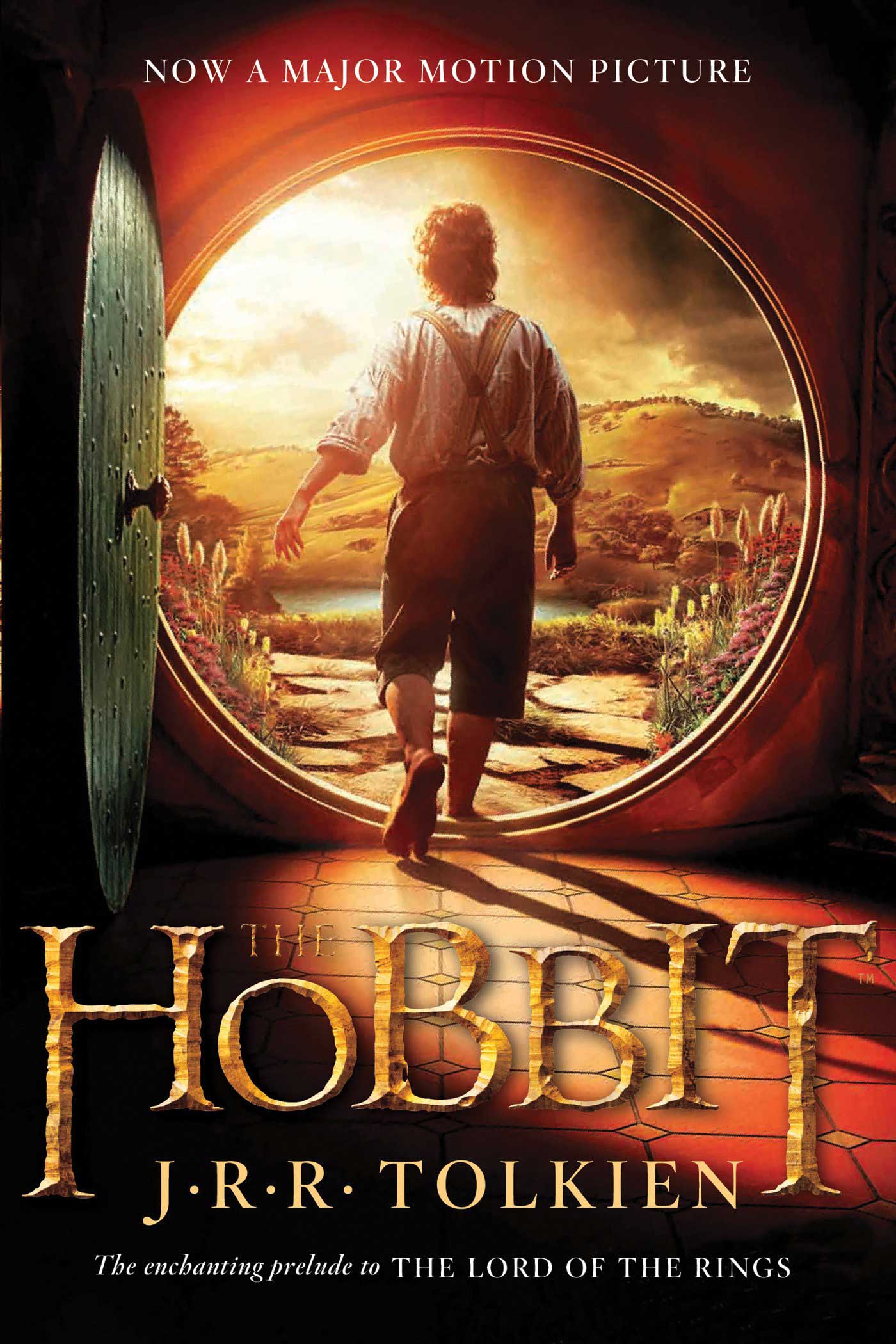
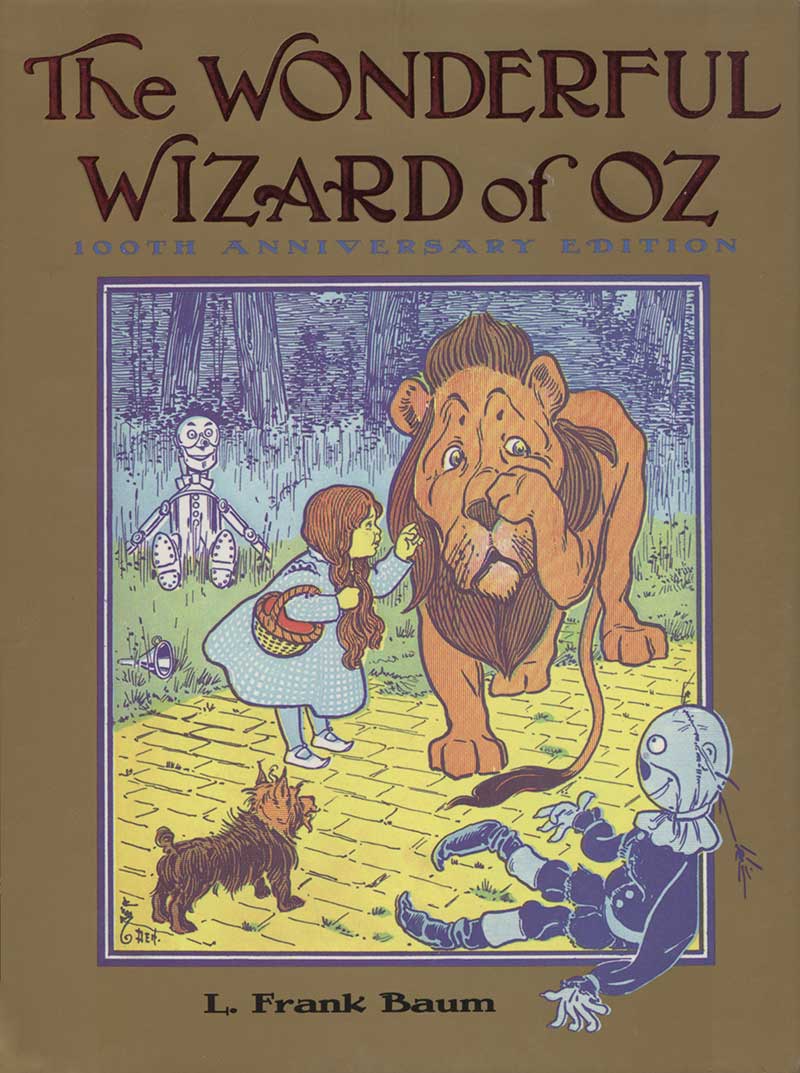


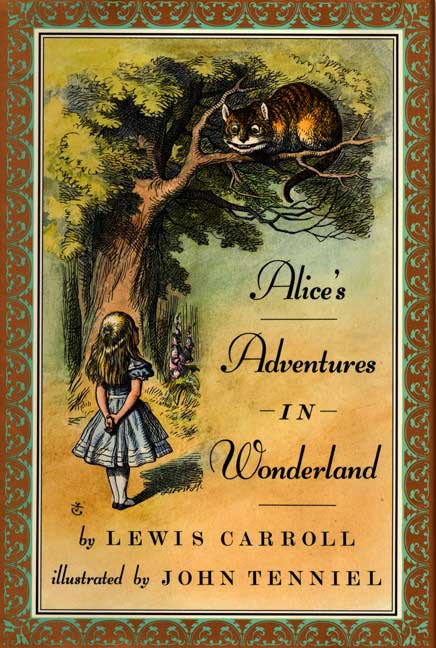


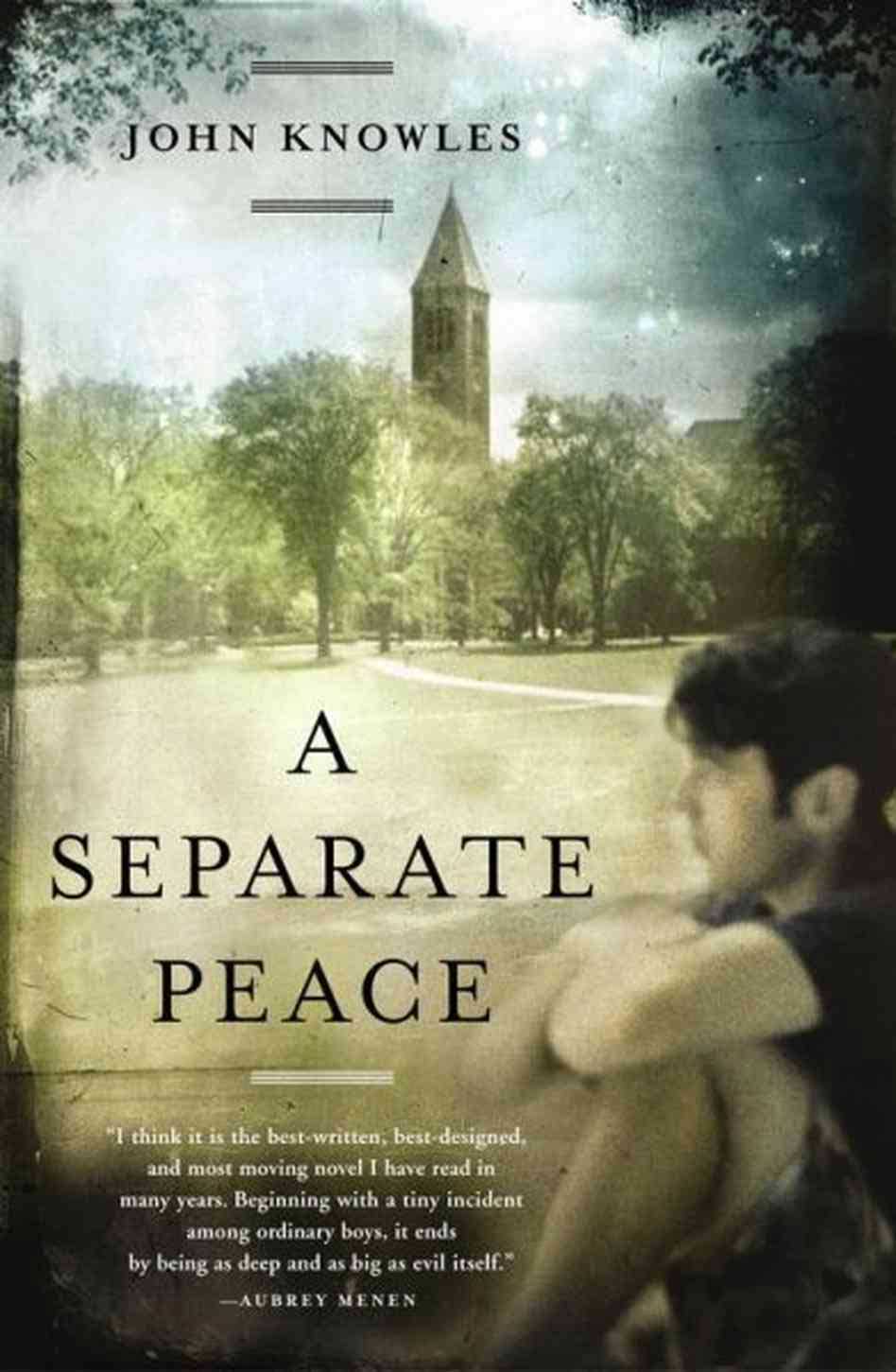
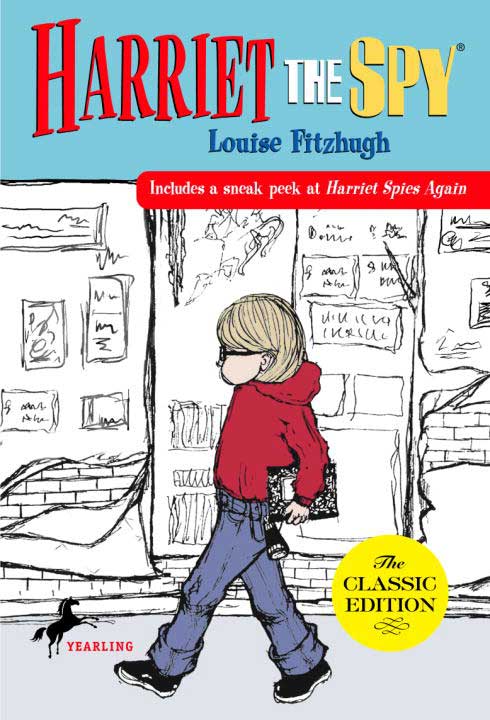

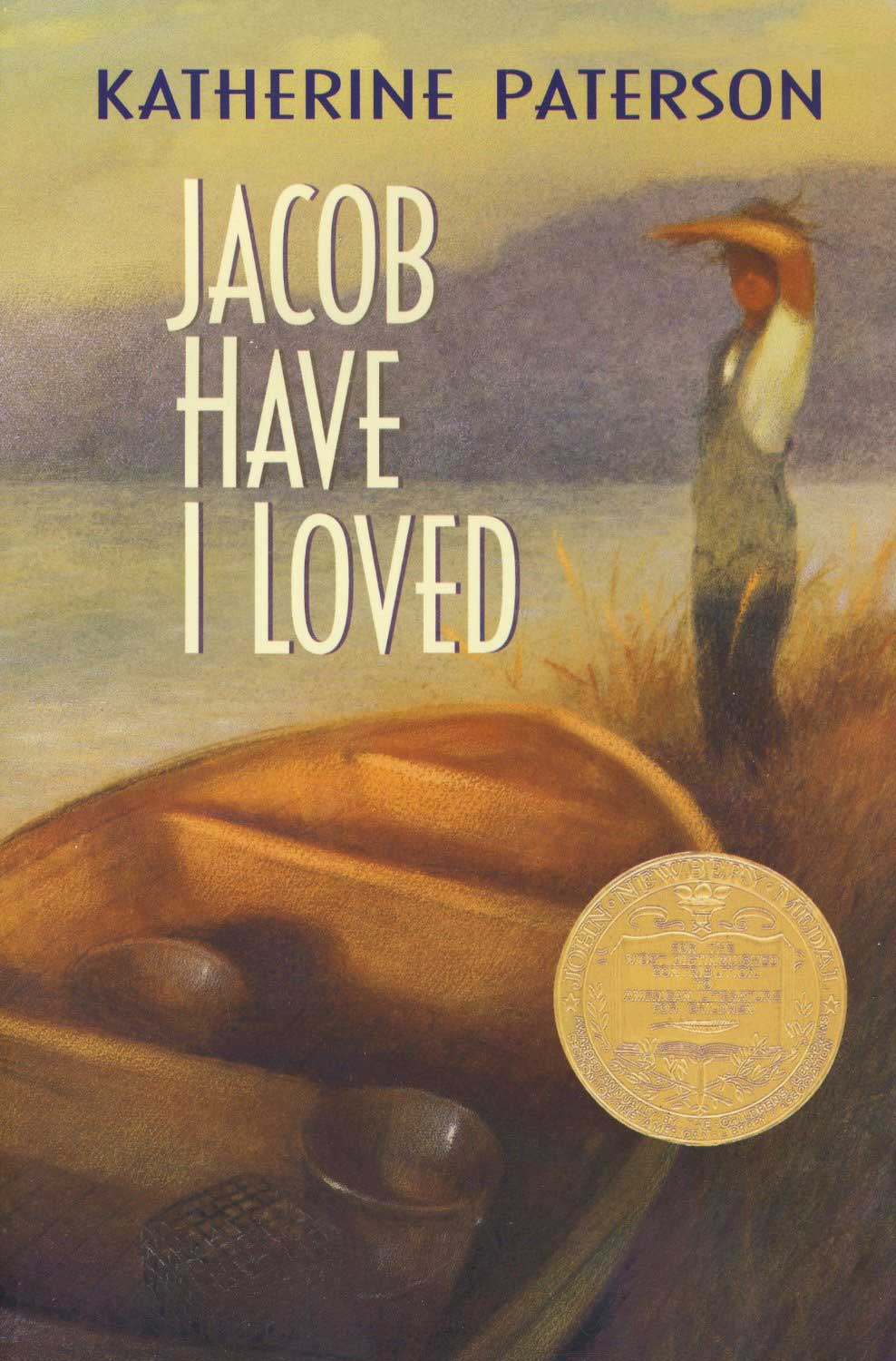


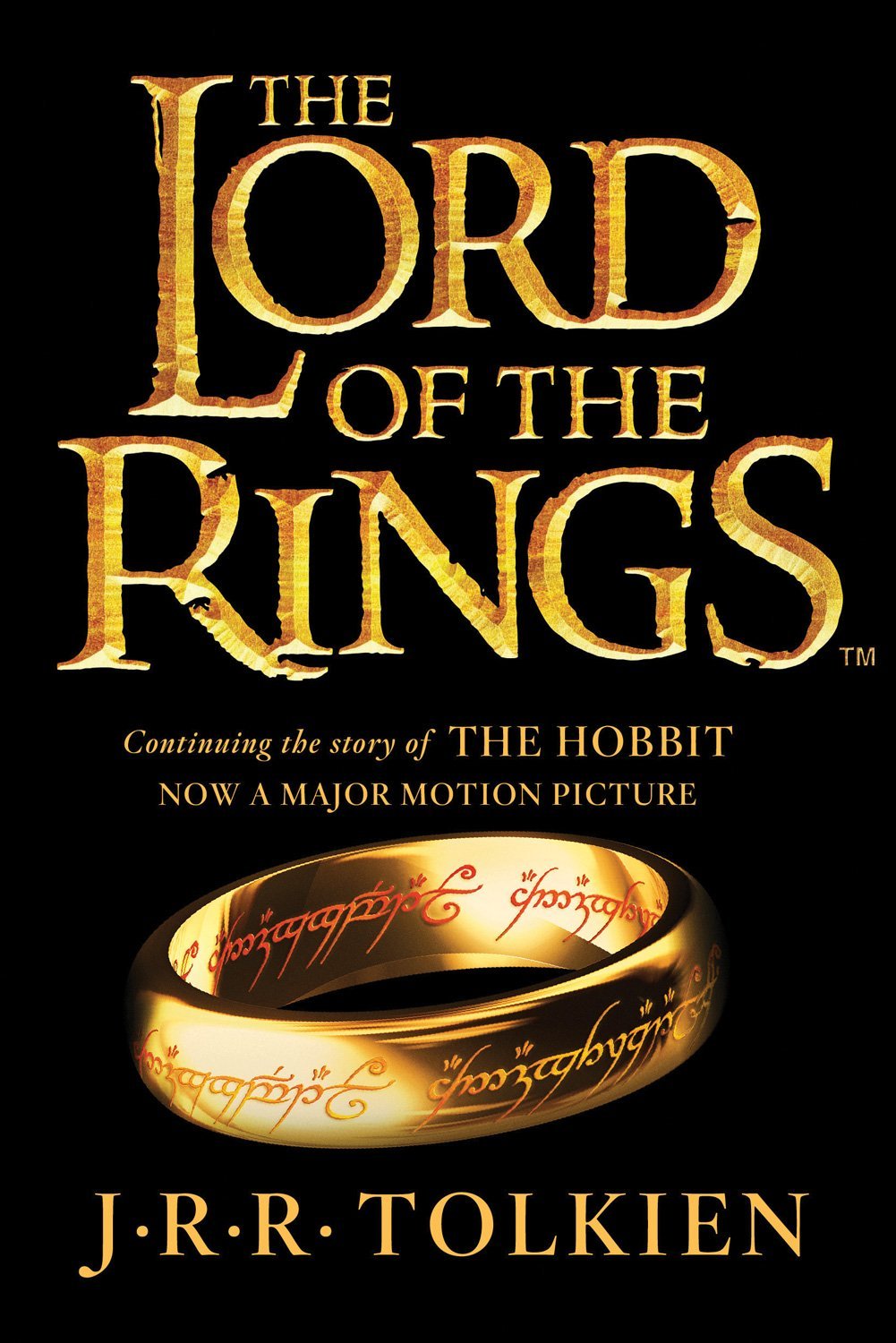
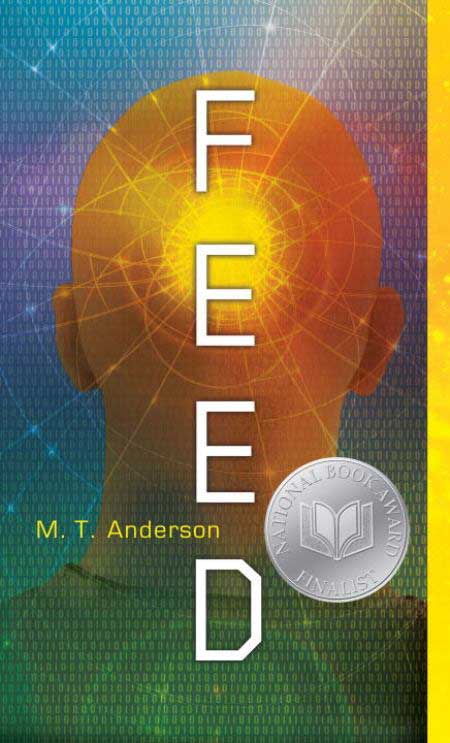



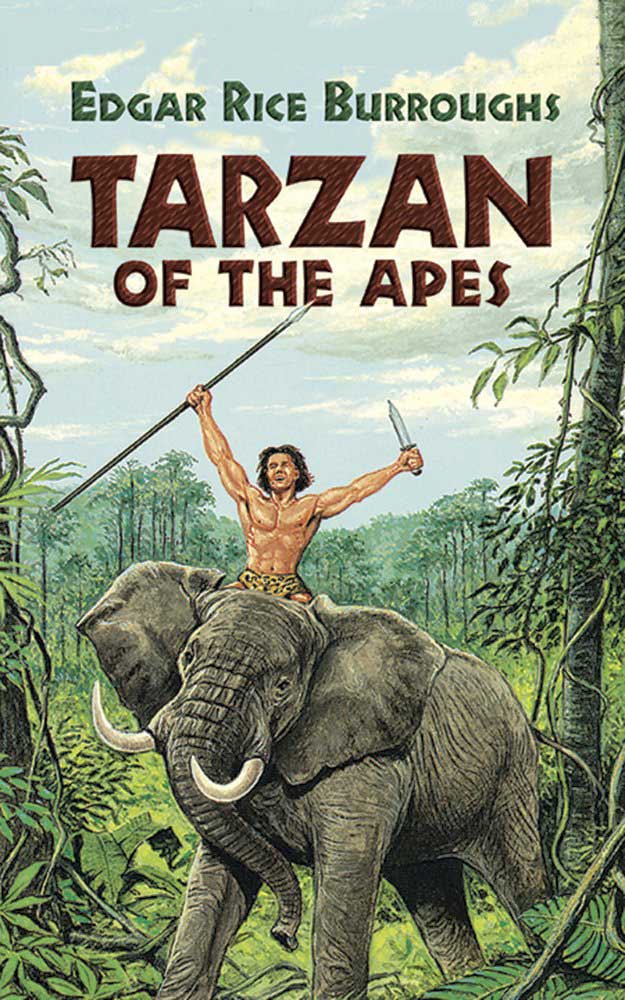
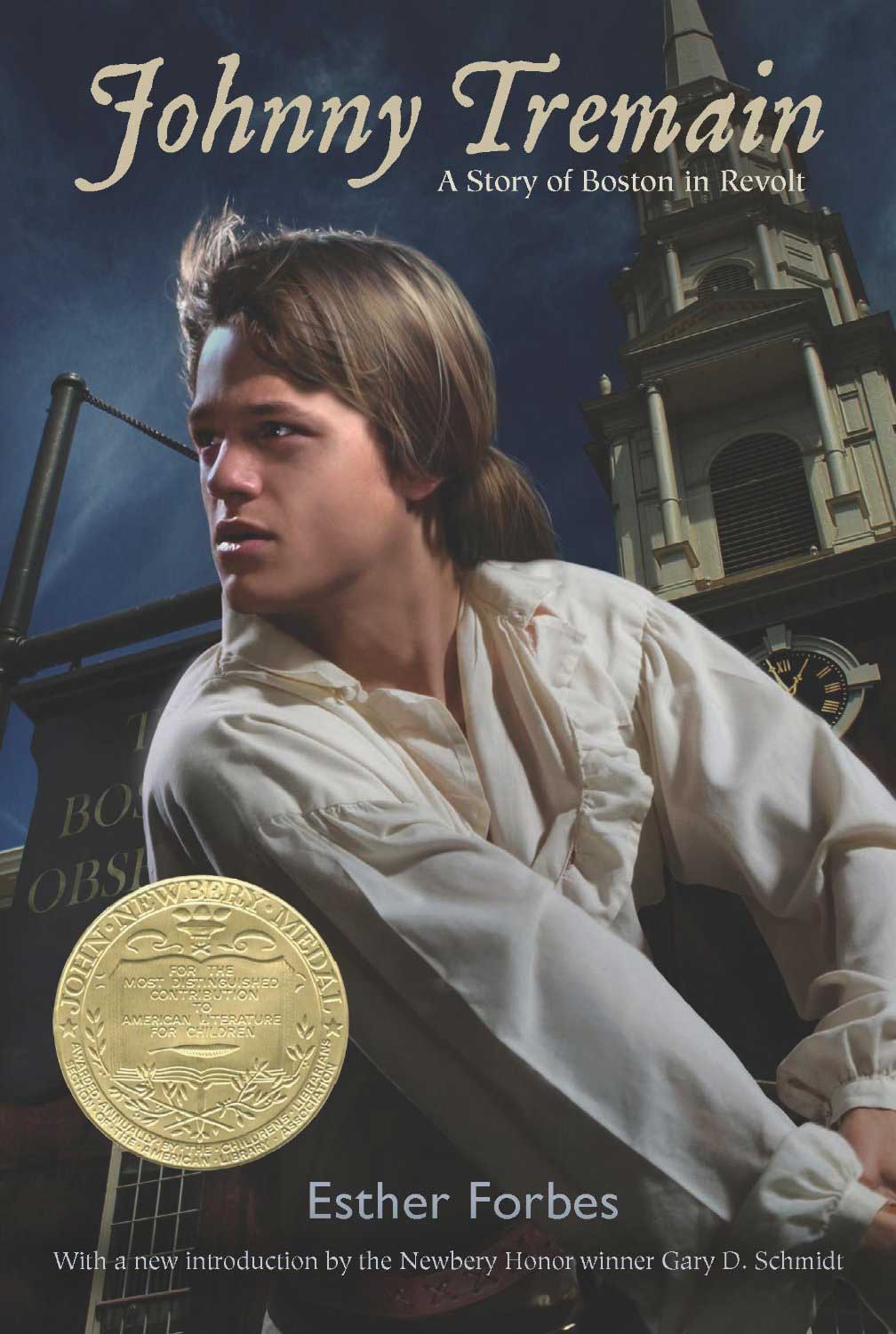
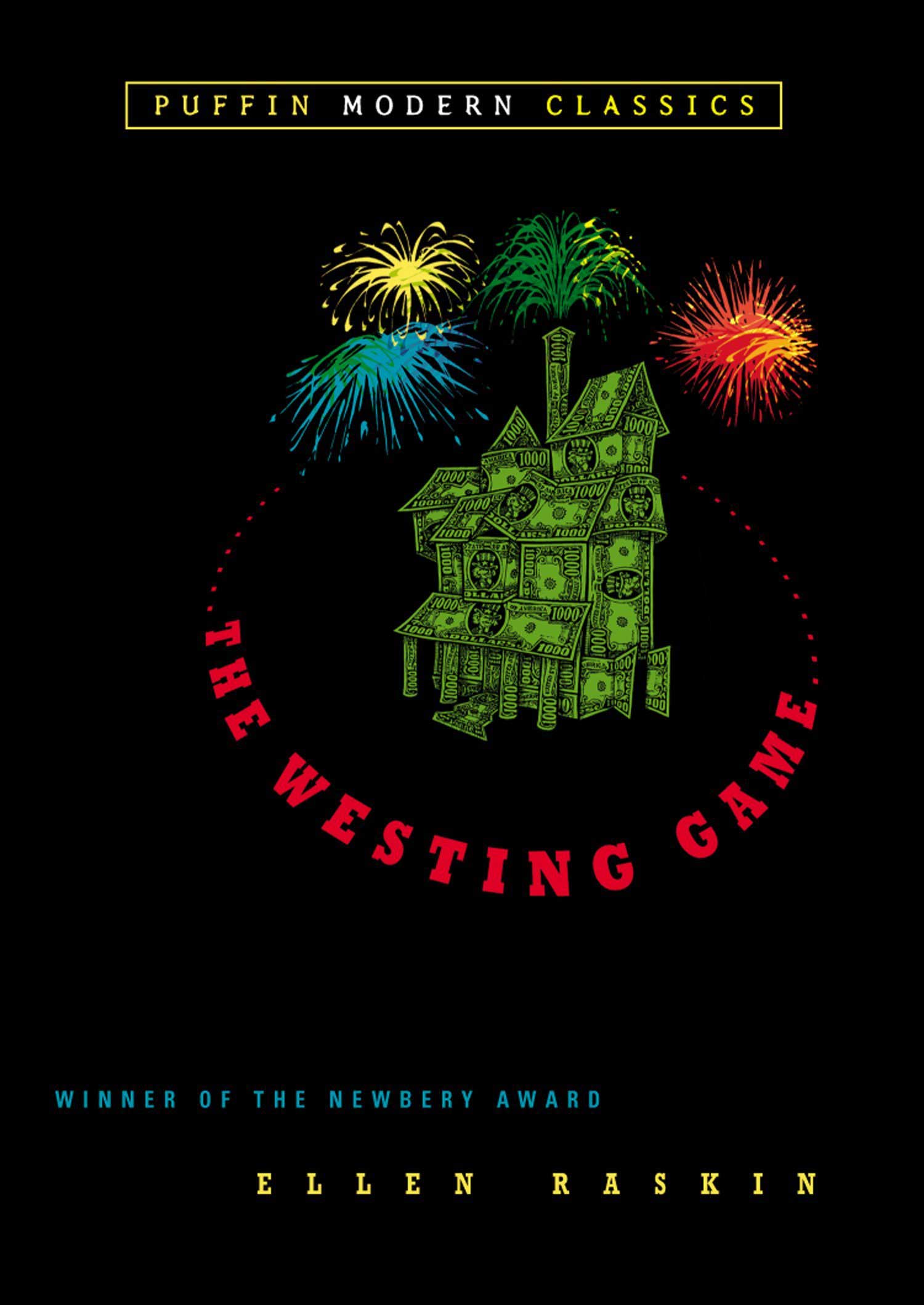




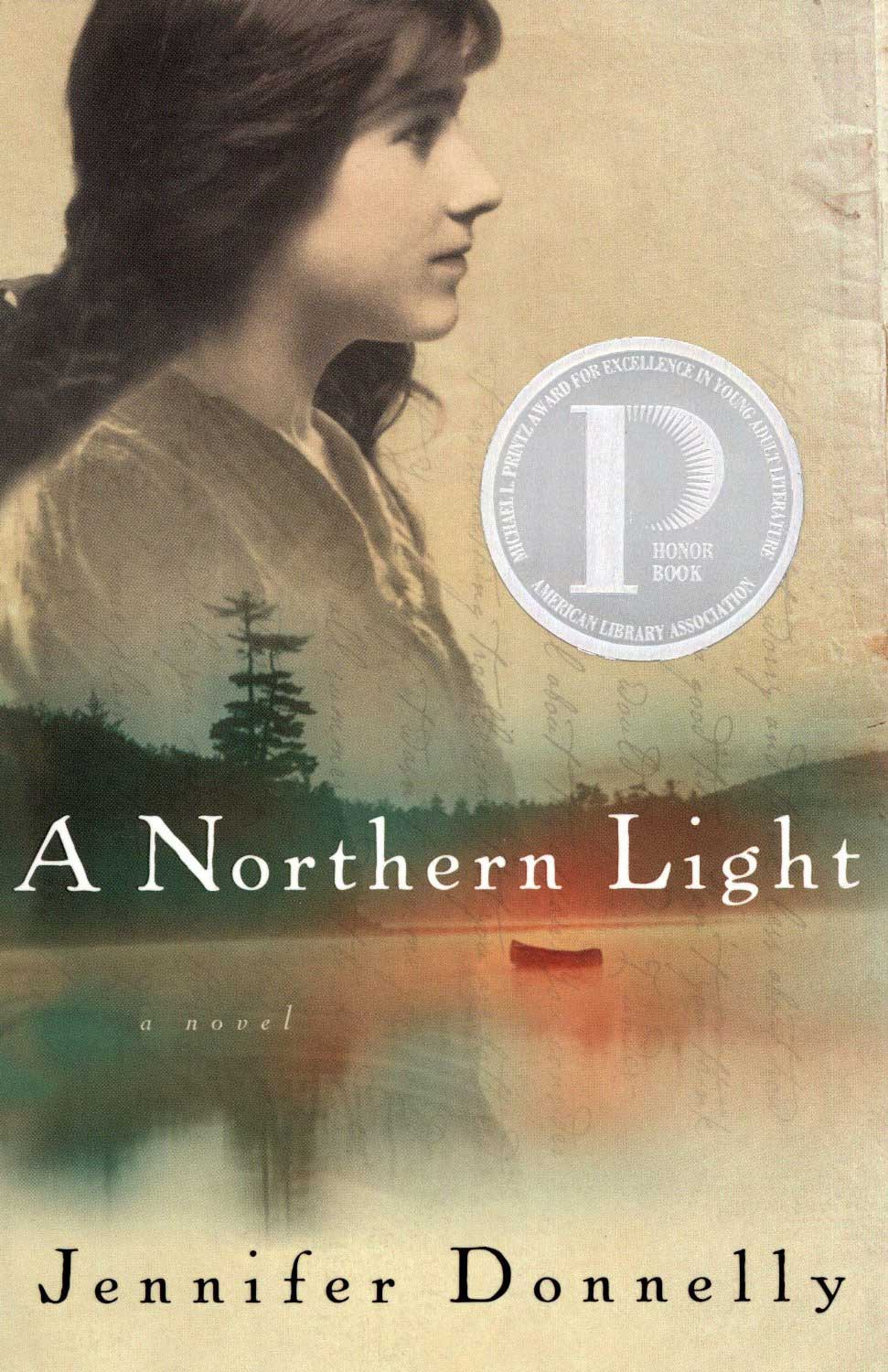
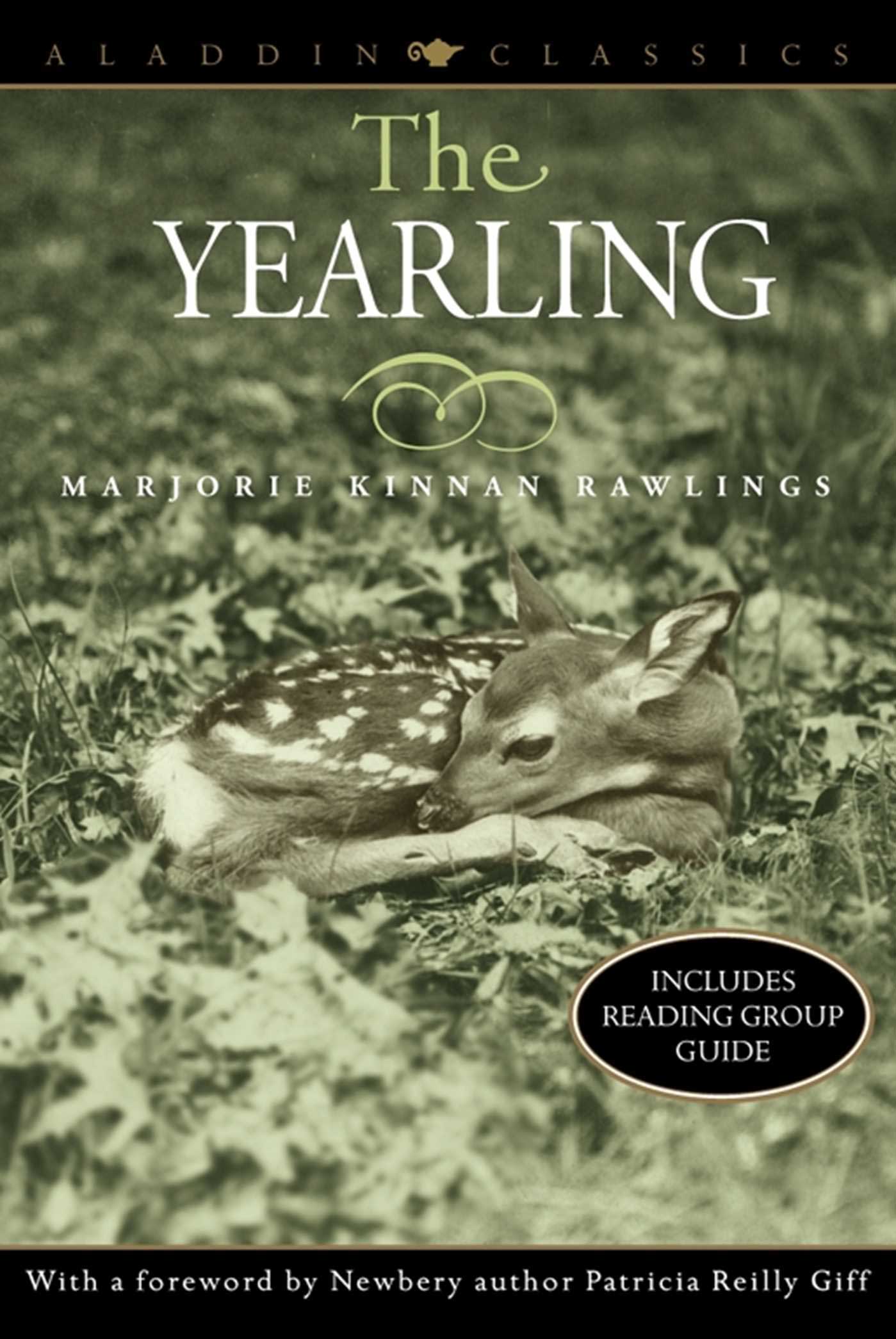
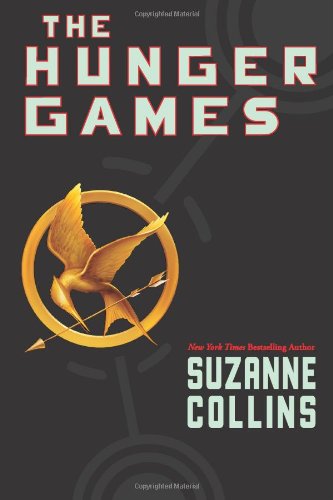

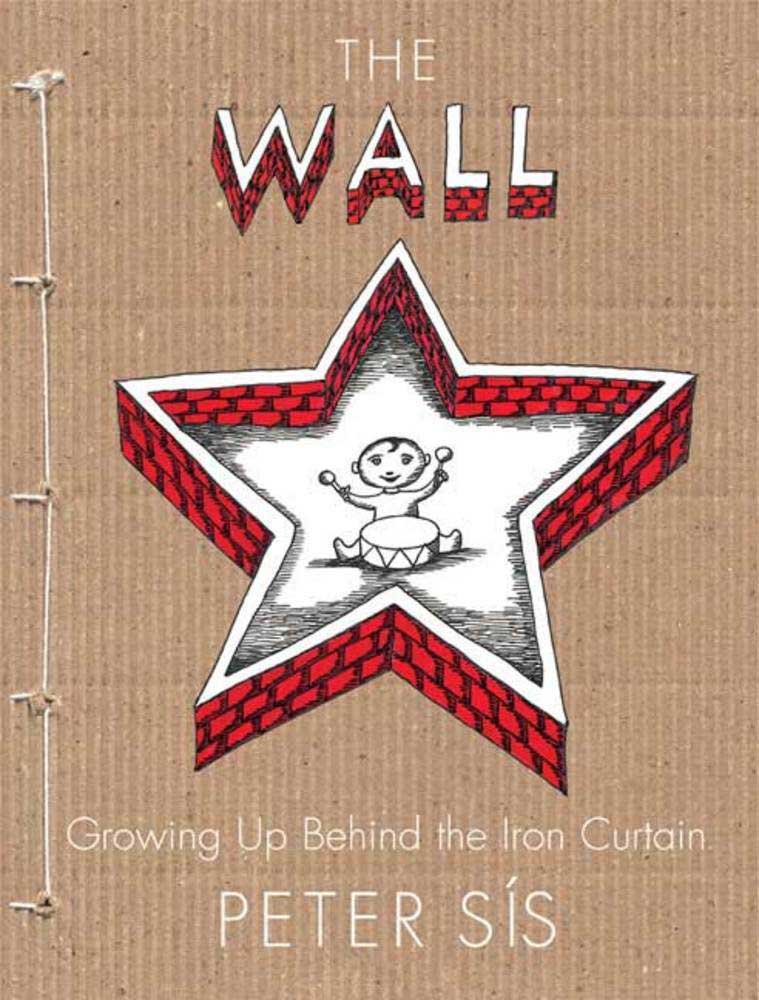

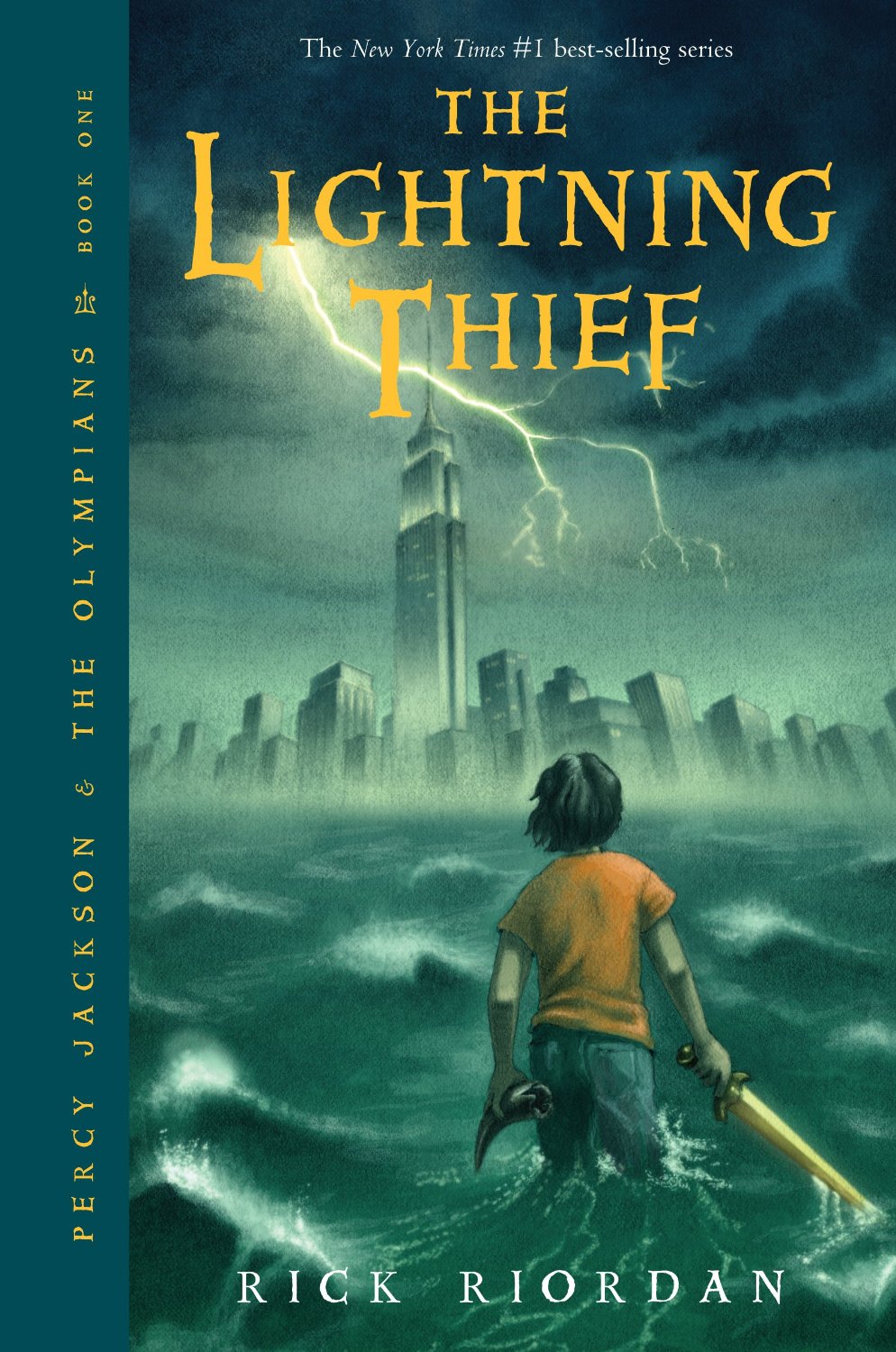
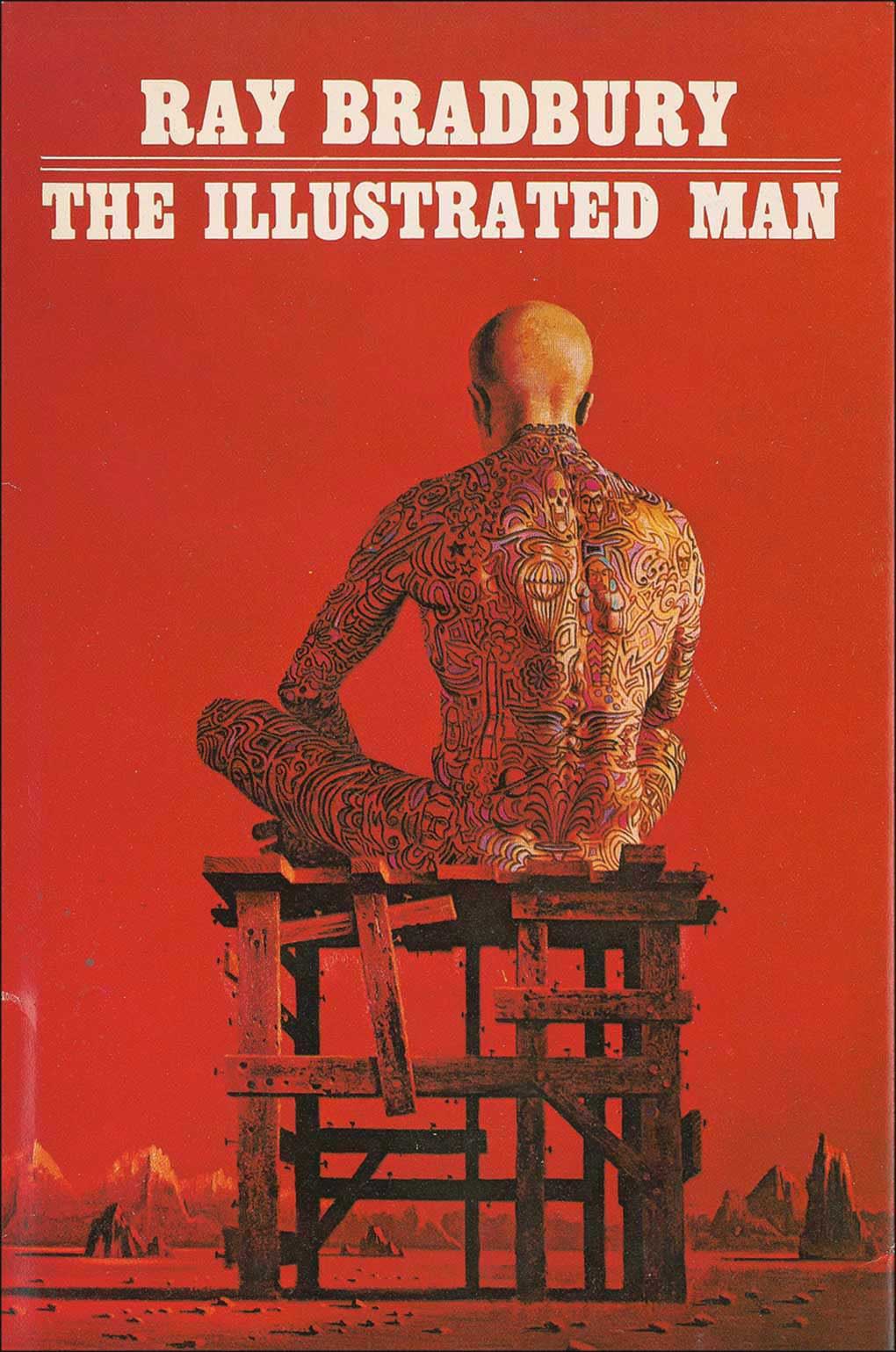


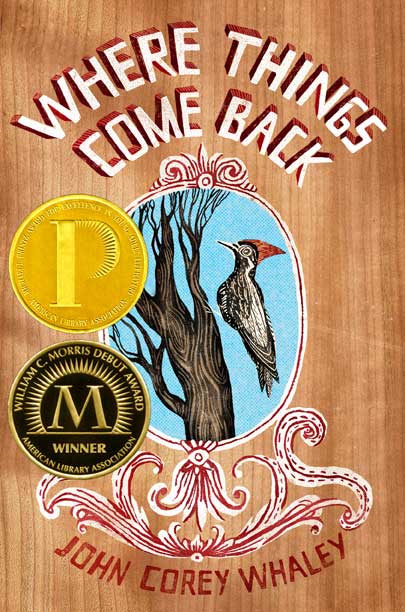

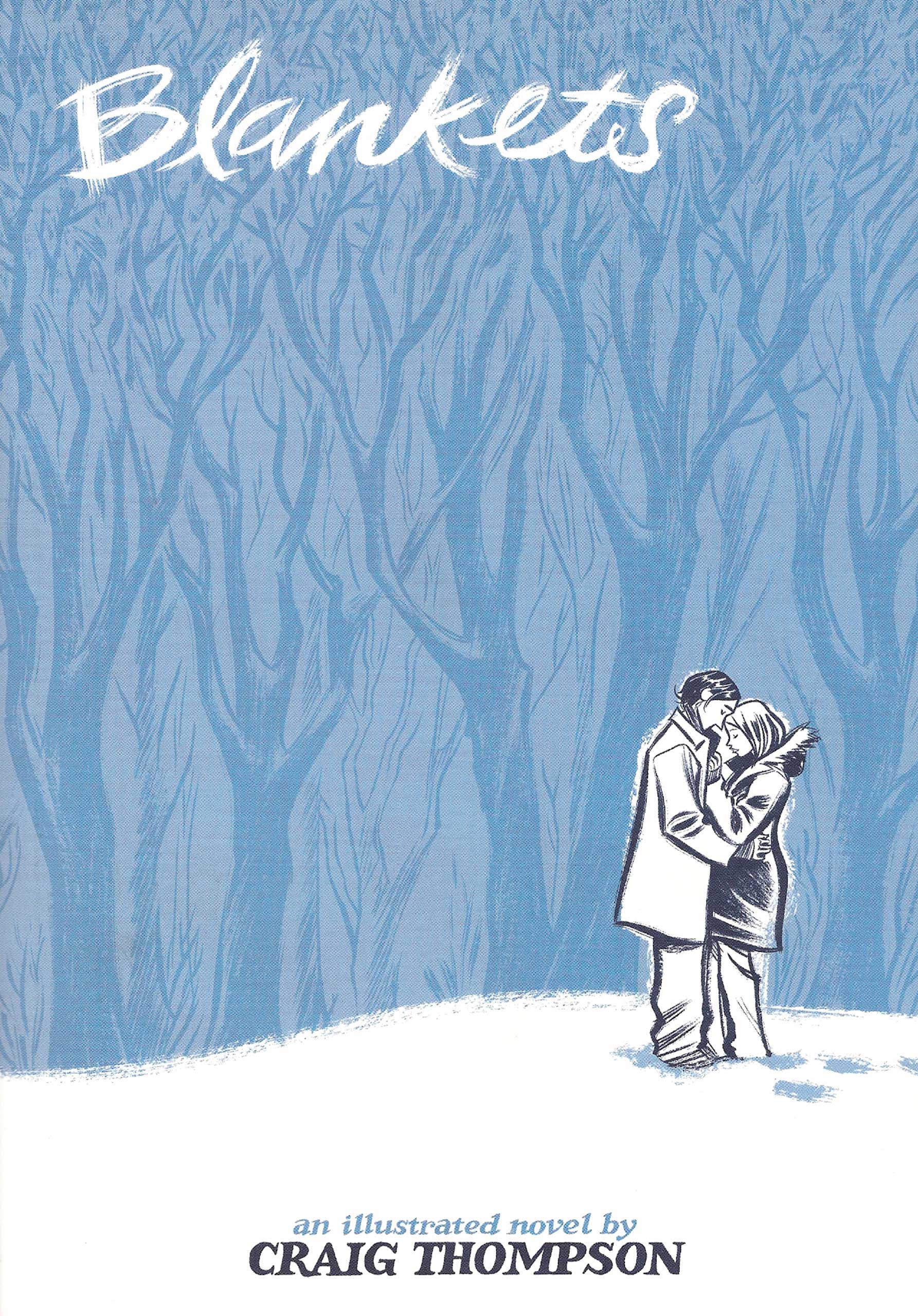




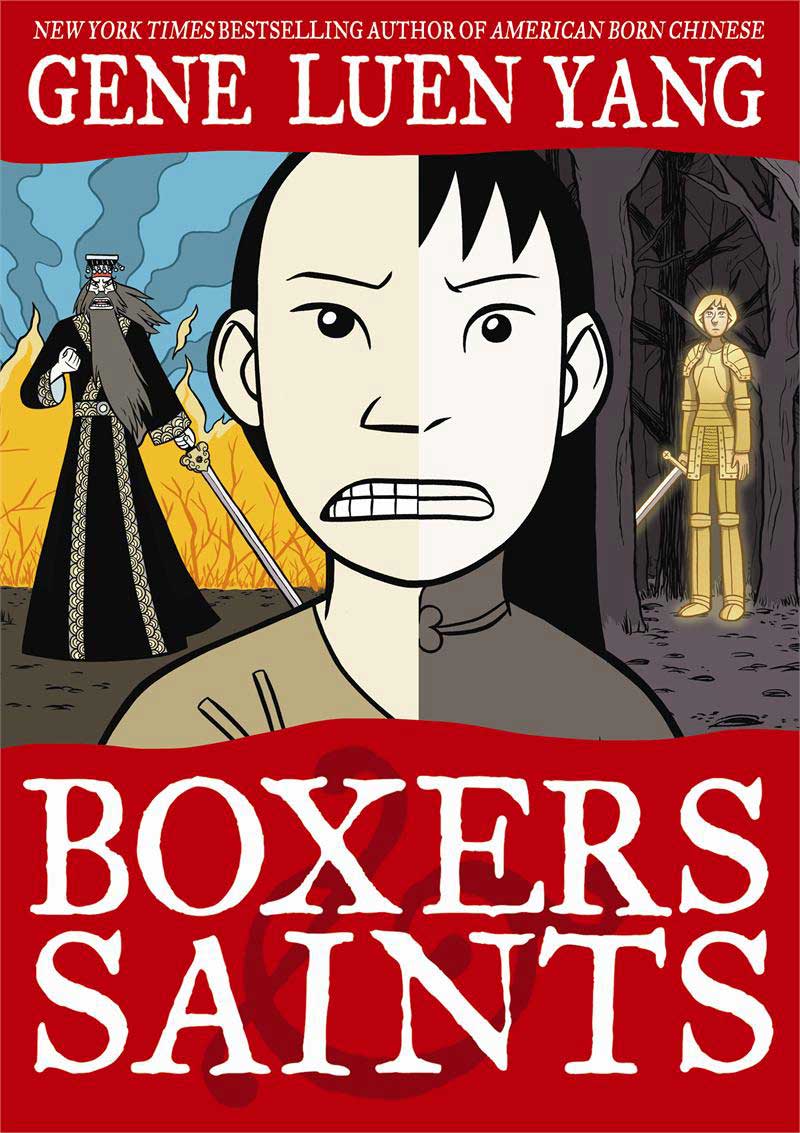
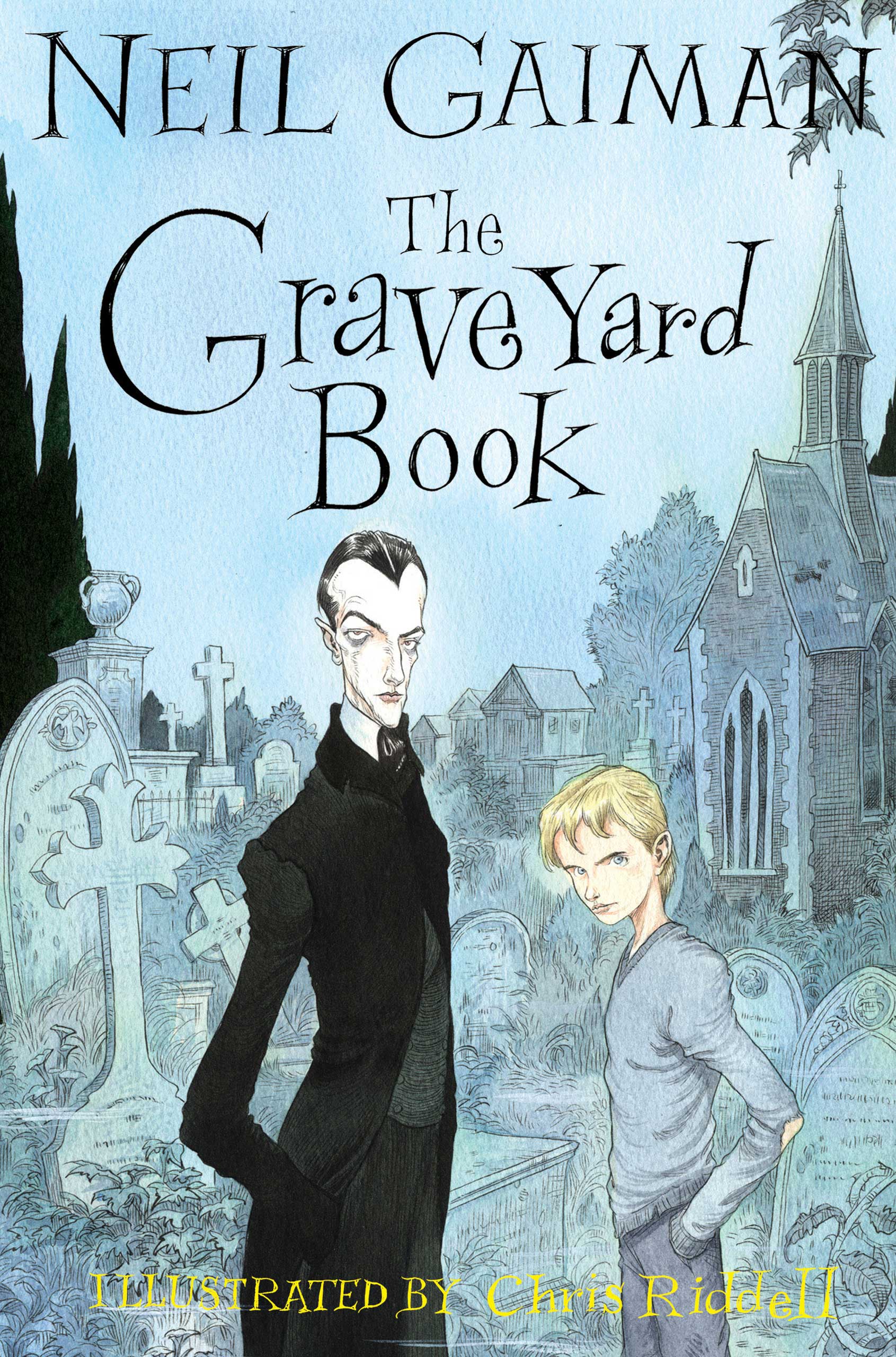


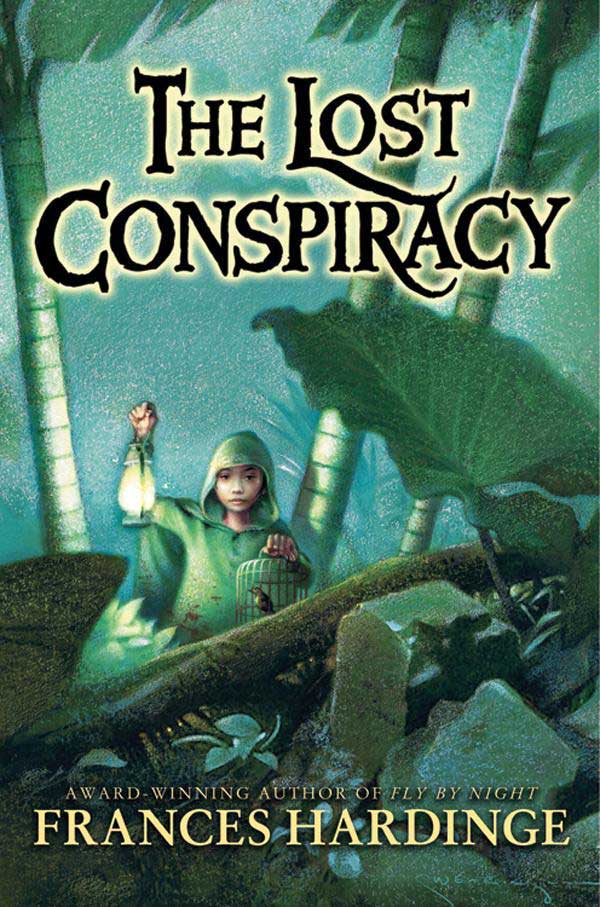



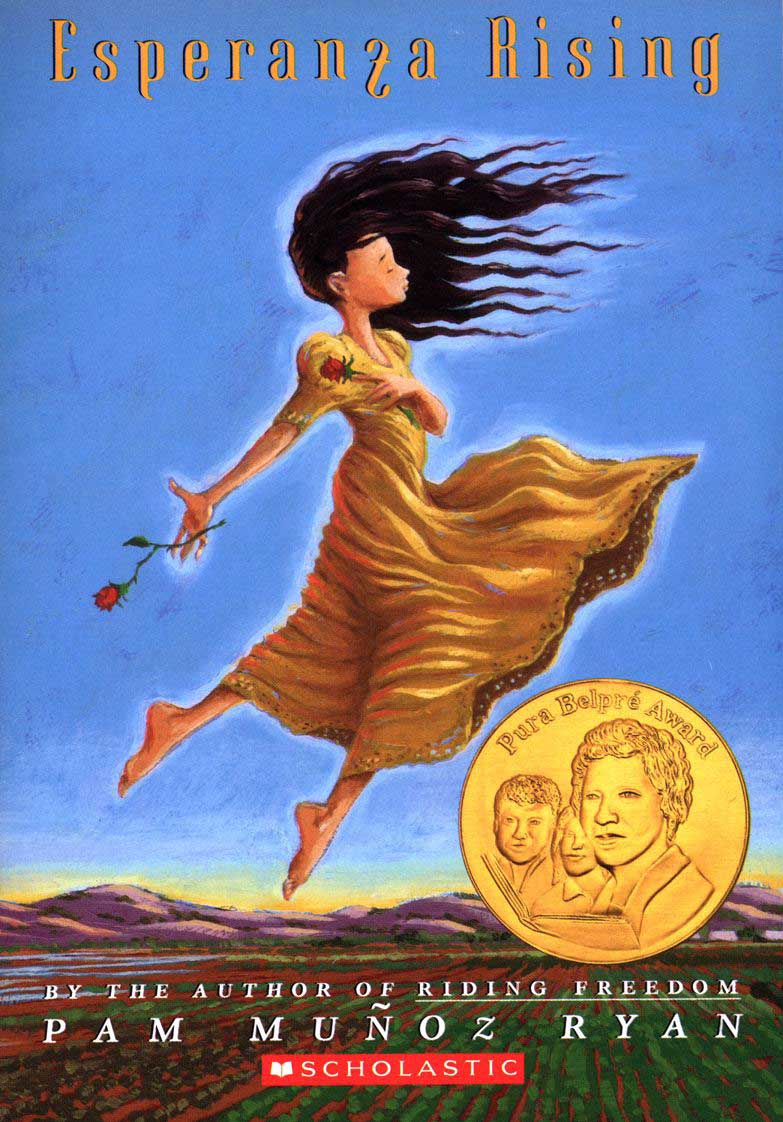
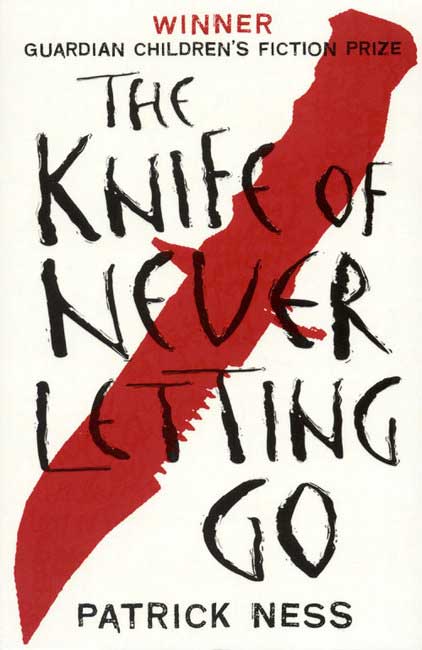




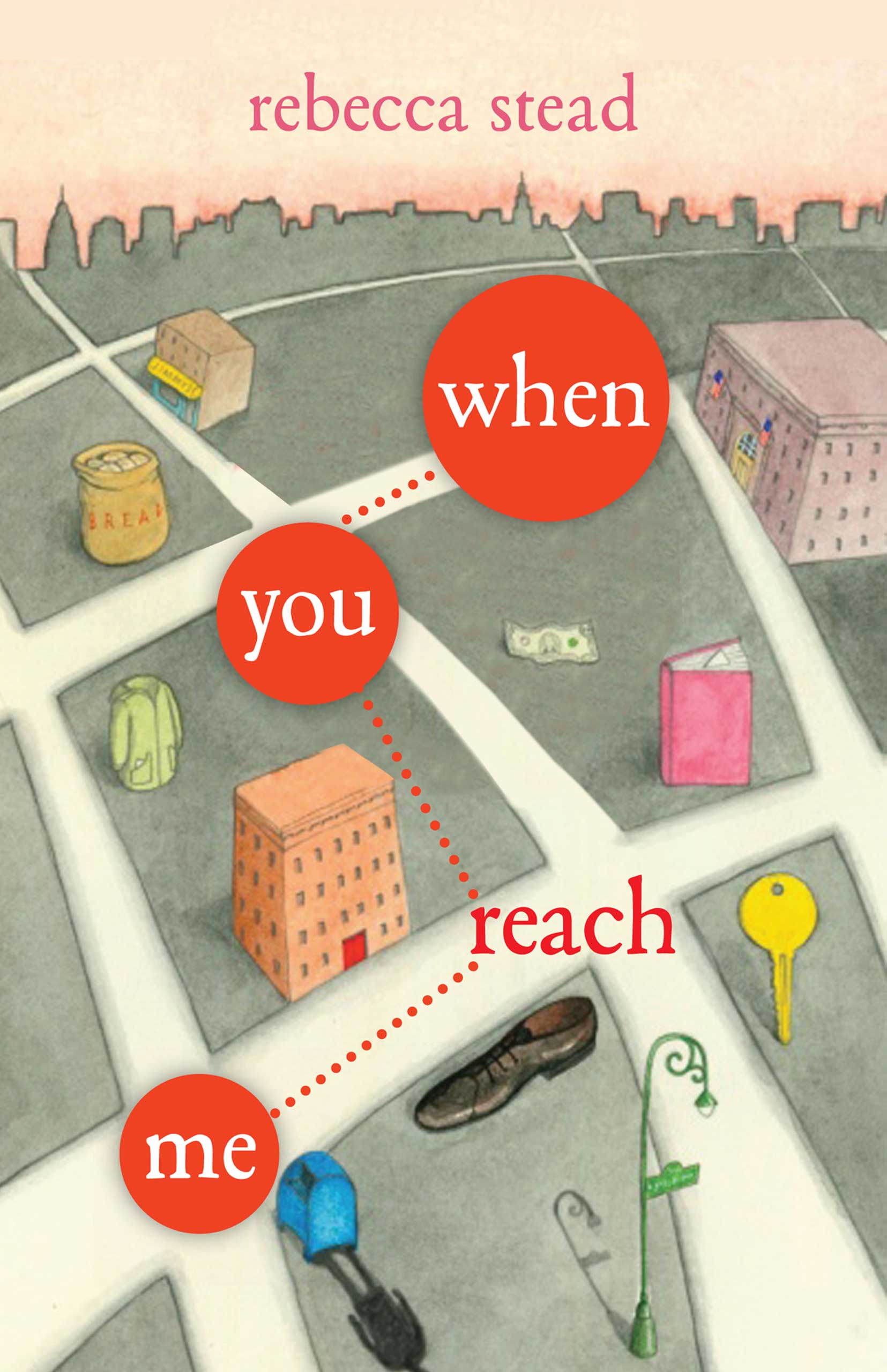








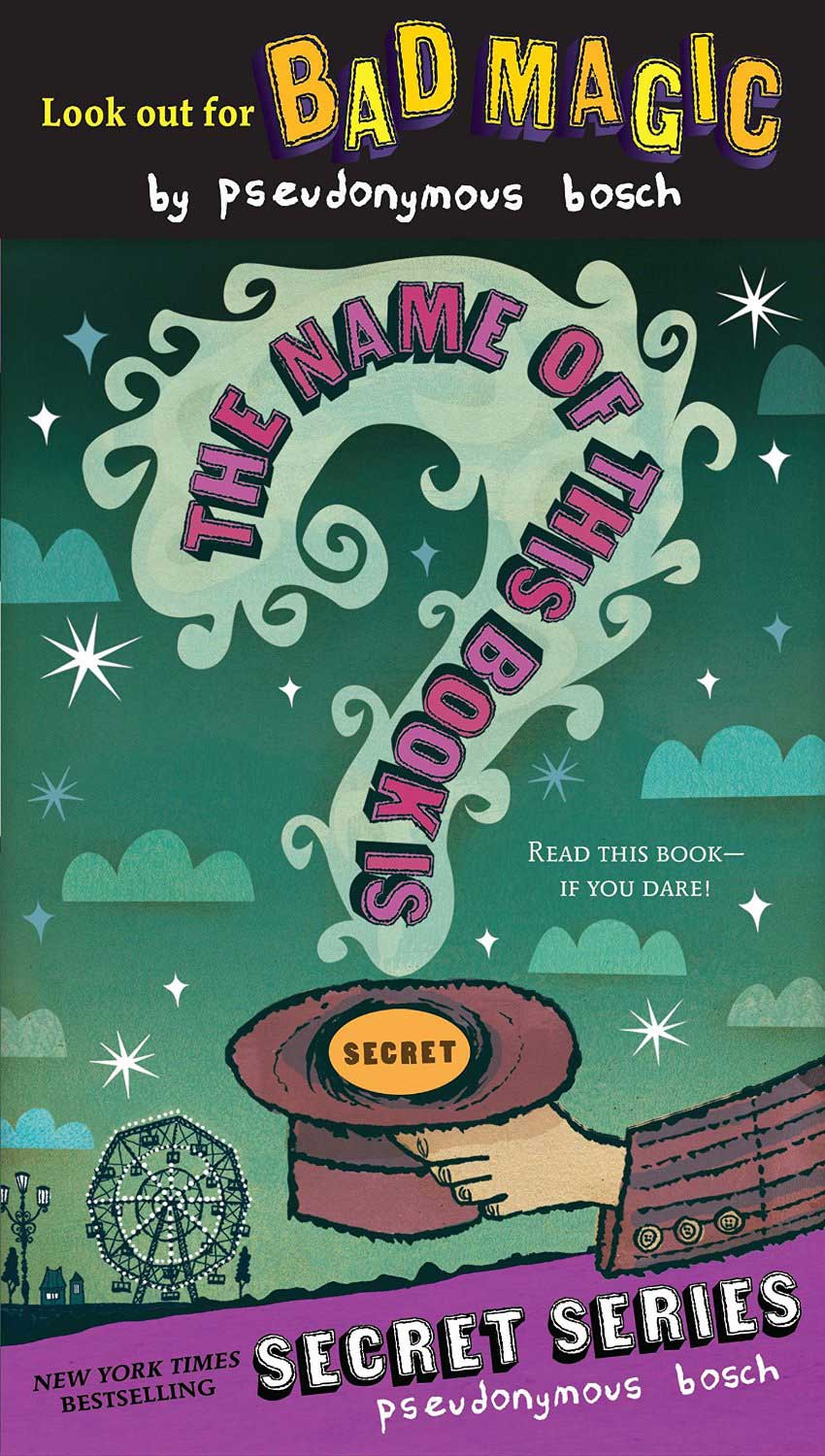


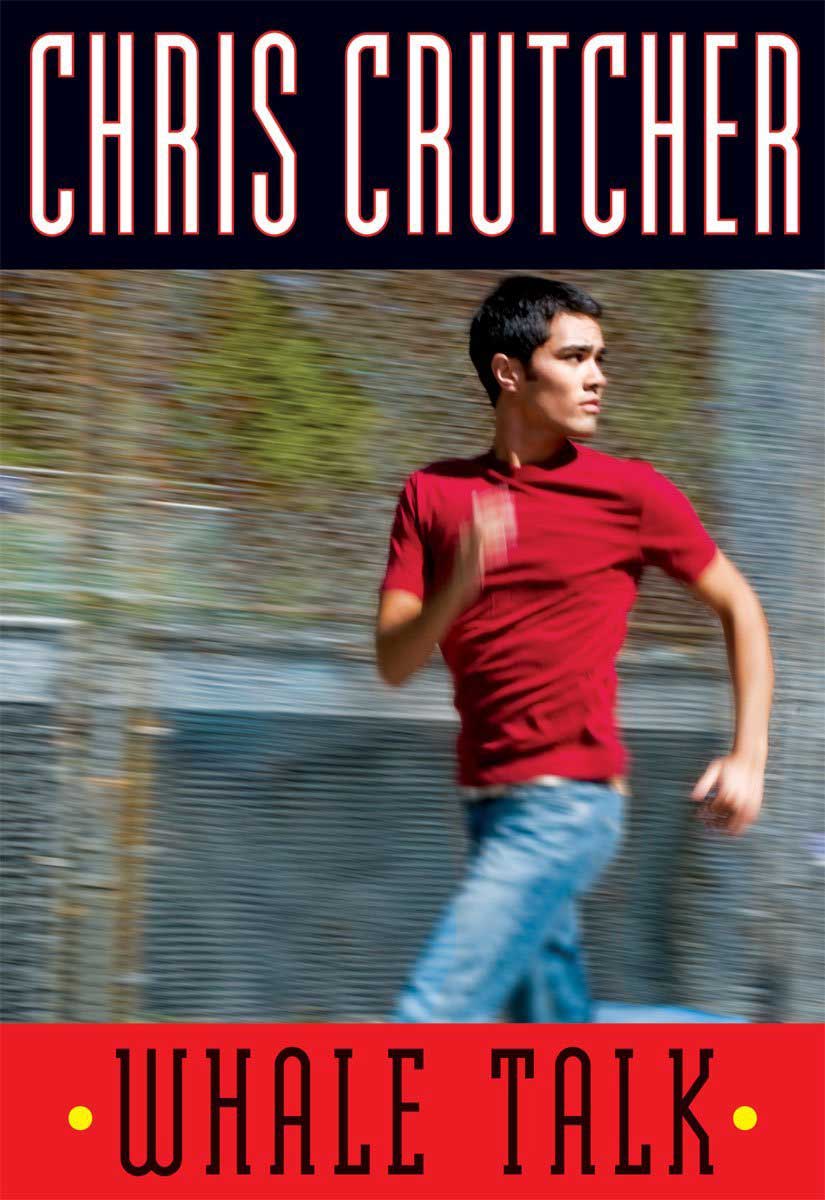

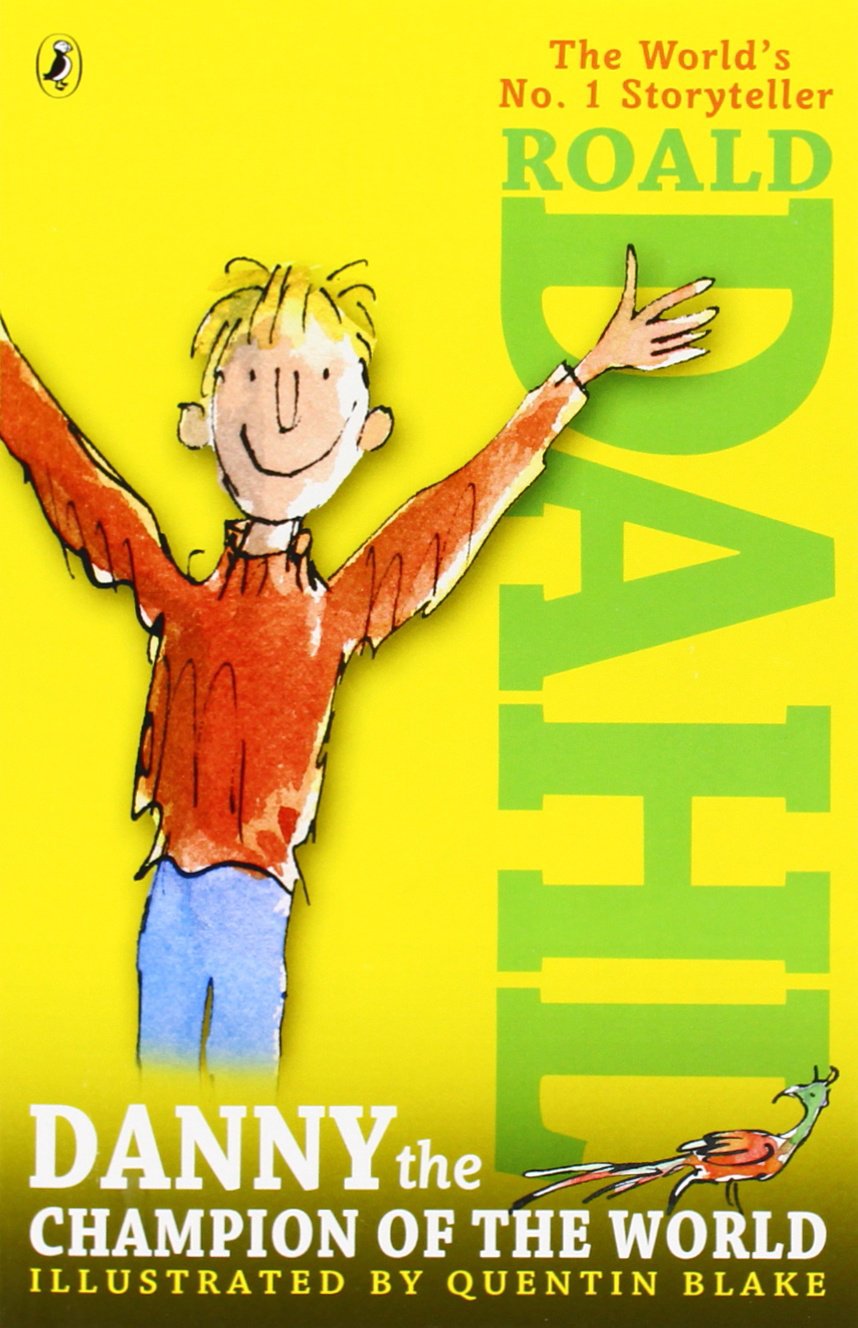

Read next: Here’s the Suicide Squad Trailer That Leaked at Comic-Con
Download TIME’s mobile app for iOS to have your world explained wherever you go
More Must-Reads from TIME
- Donald Trump Is TIME's 2024 Person of the Year
- Why We Chose Trump as Person of the Year
- Is Intermittent Fasting Good or Bad for You?
- The 100 Must-Read Books of 2024
- The 20 Best Christmas TV Episodes
- Column: If Optimism Feels Ridiculous Now, Try Hope
- The Future of Climate Action Is Trade Policy
- Merle Bombardieri Is Helping People Make the Baby Decision
Write to Nolan Feeney/Charlotte, N.C. at nolan.feeney@time.com